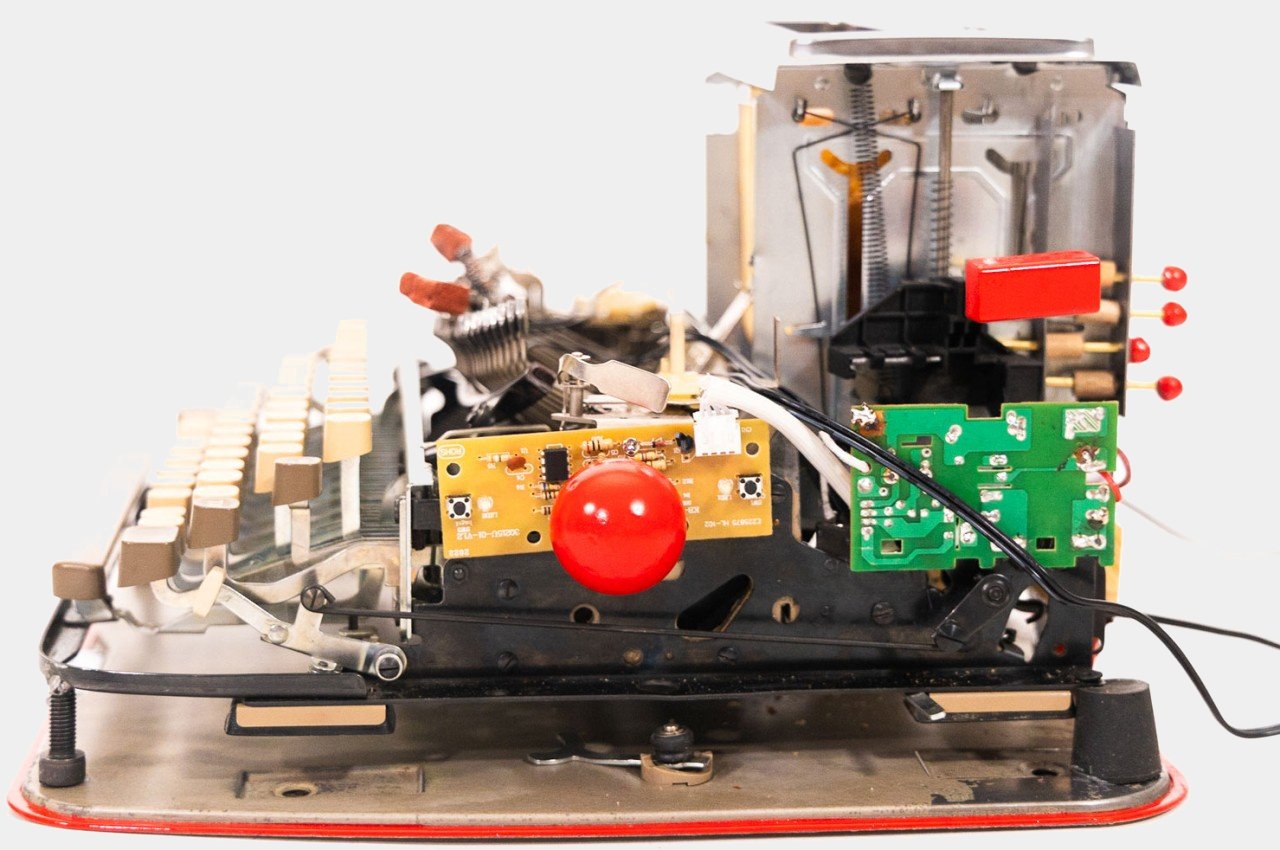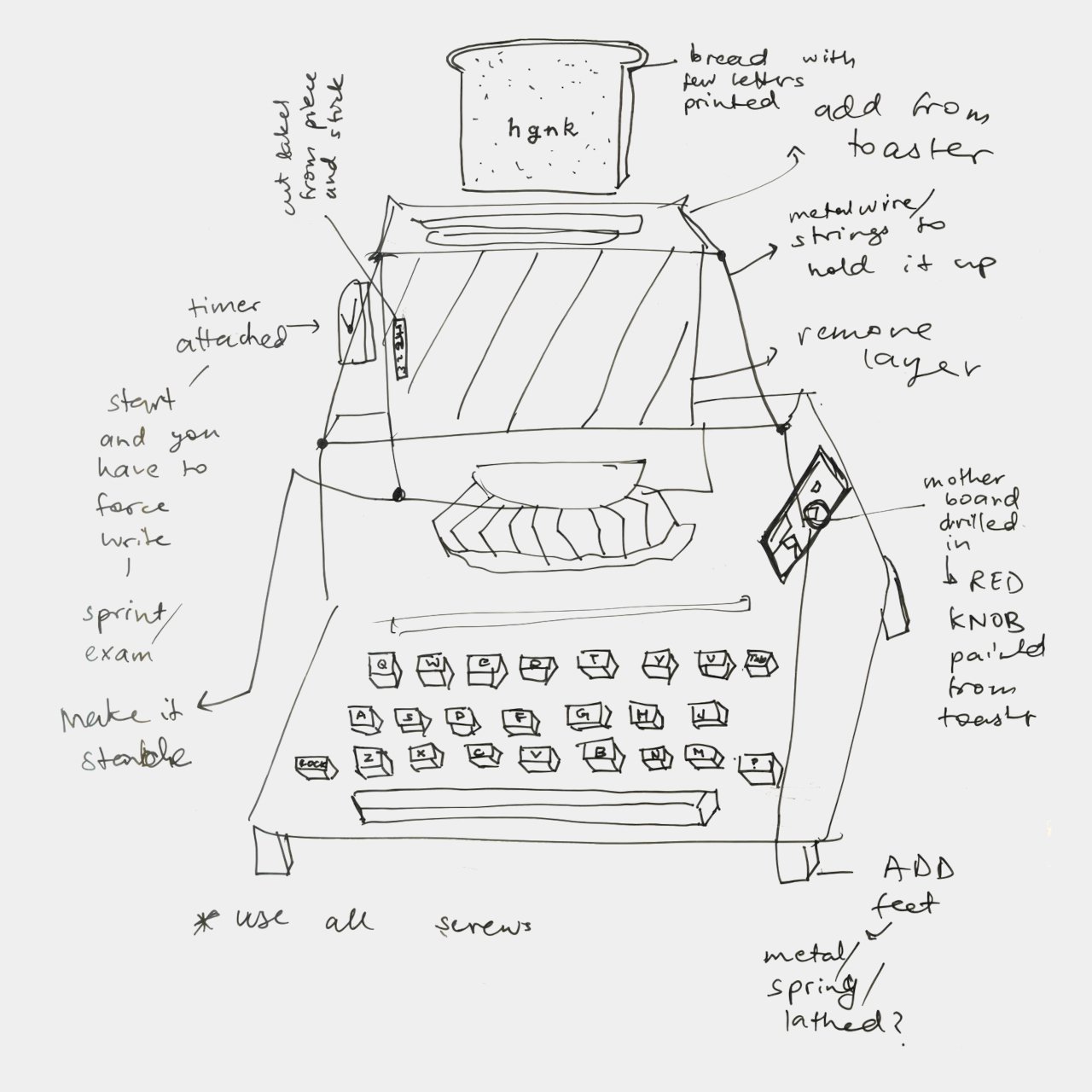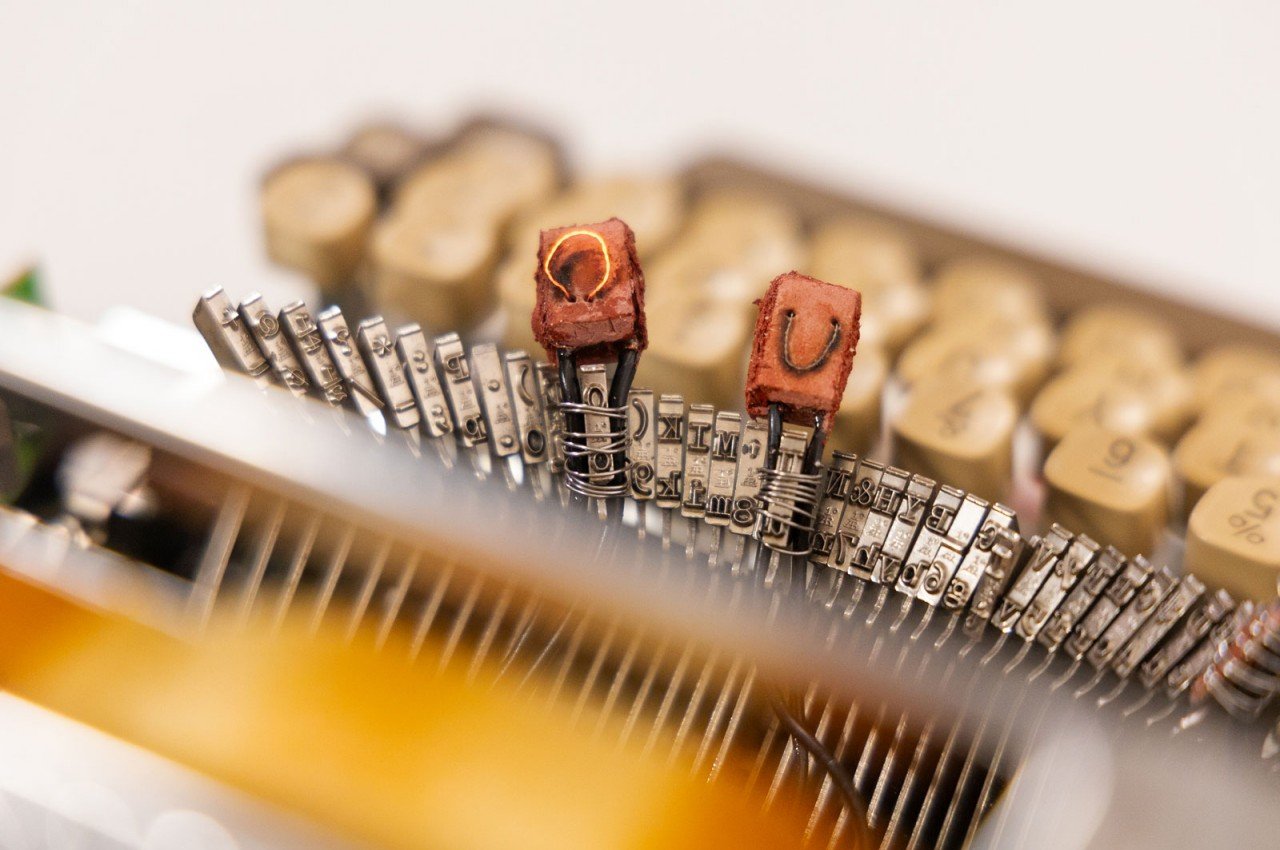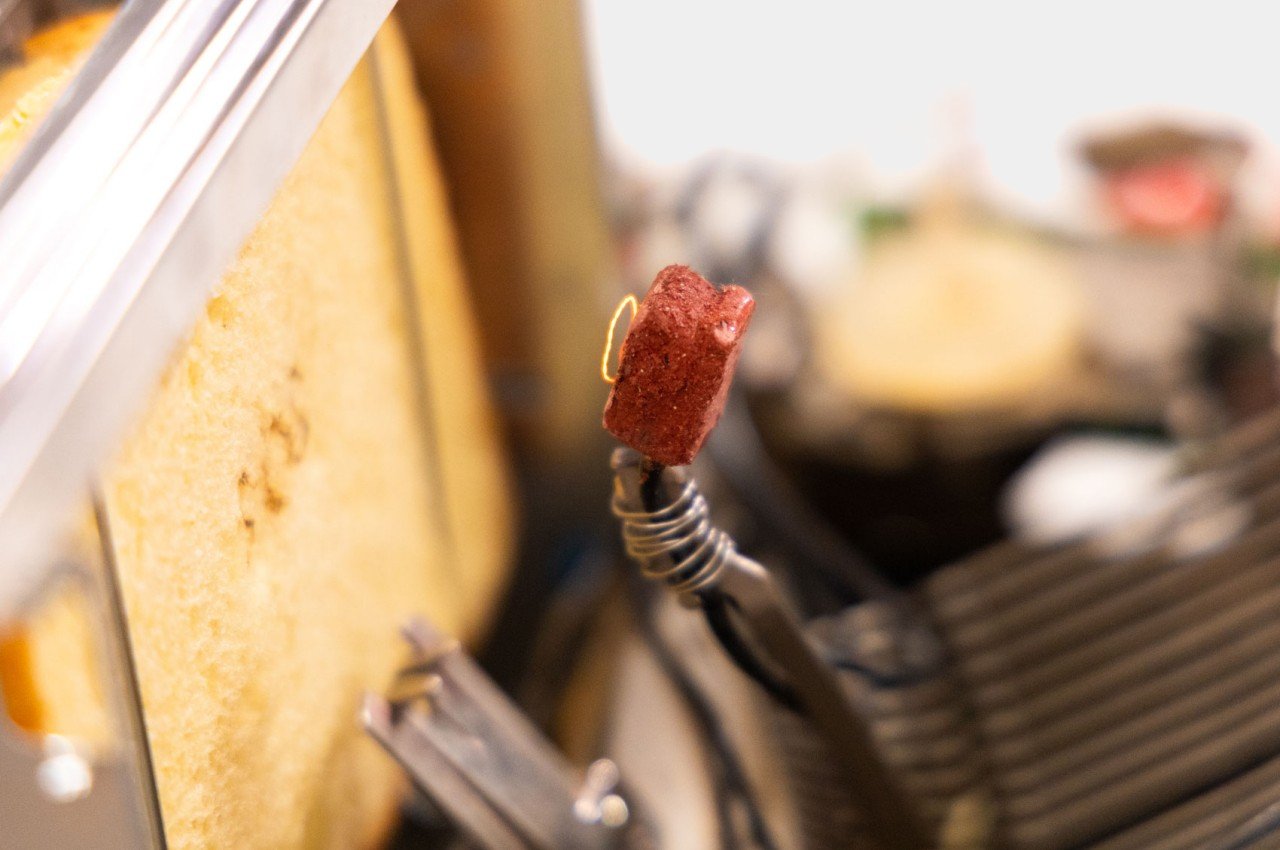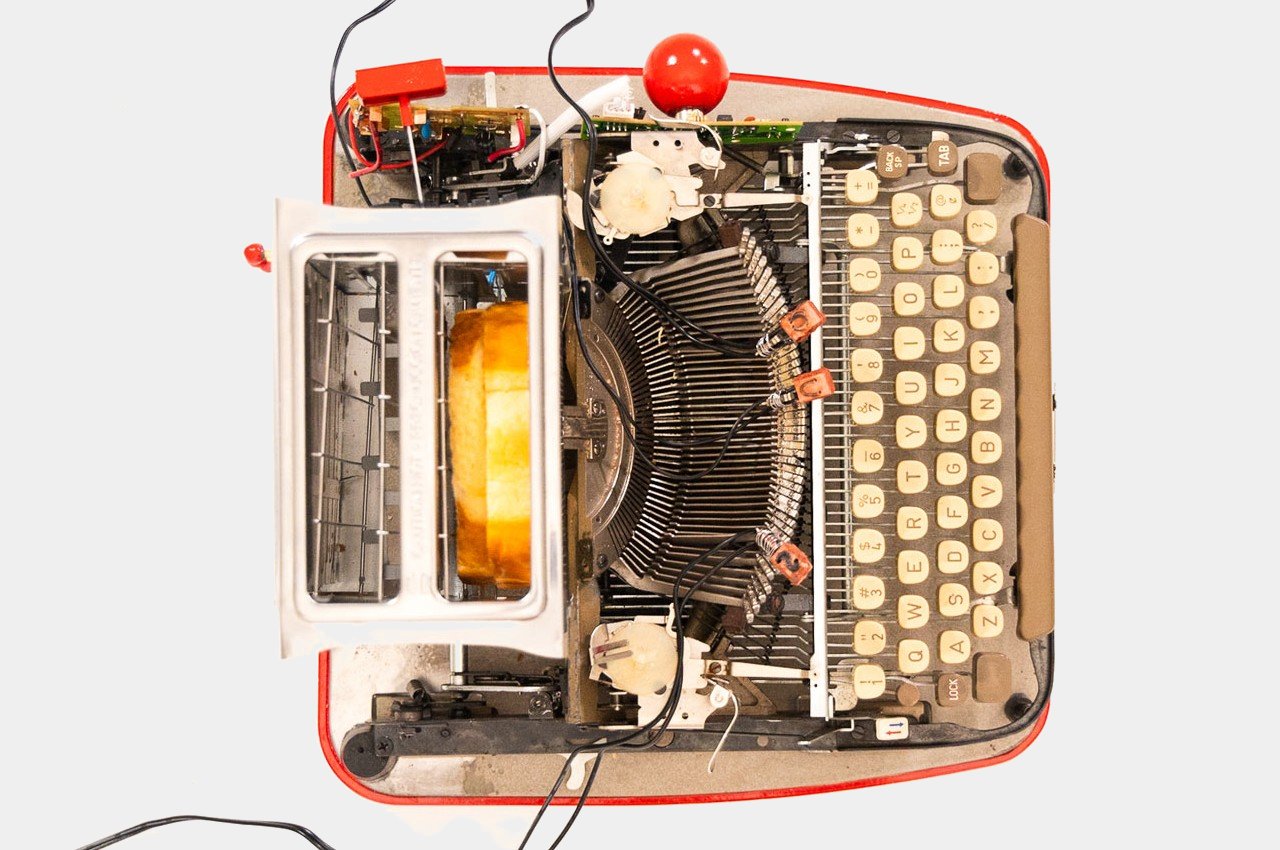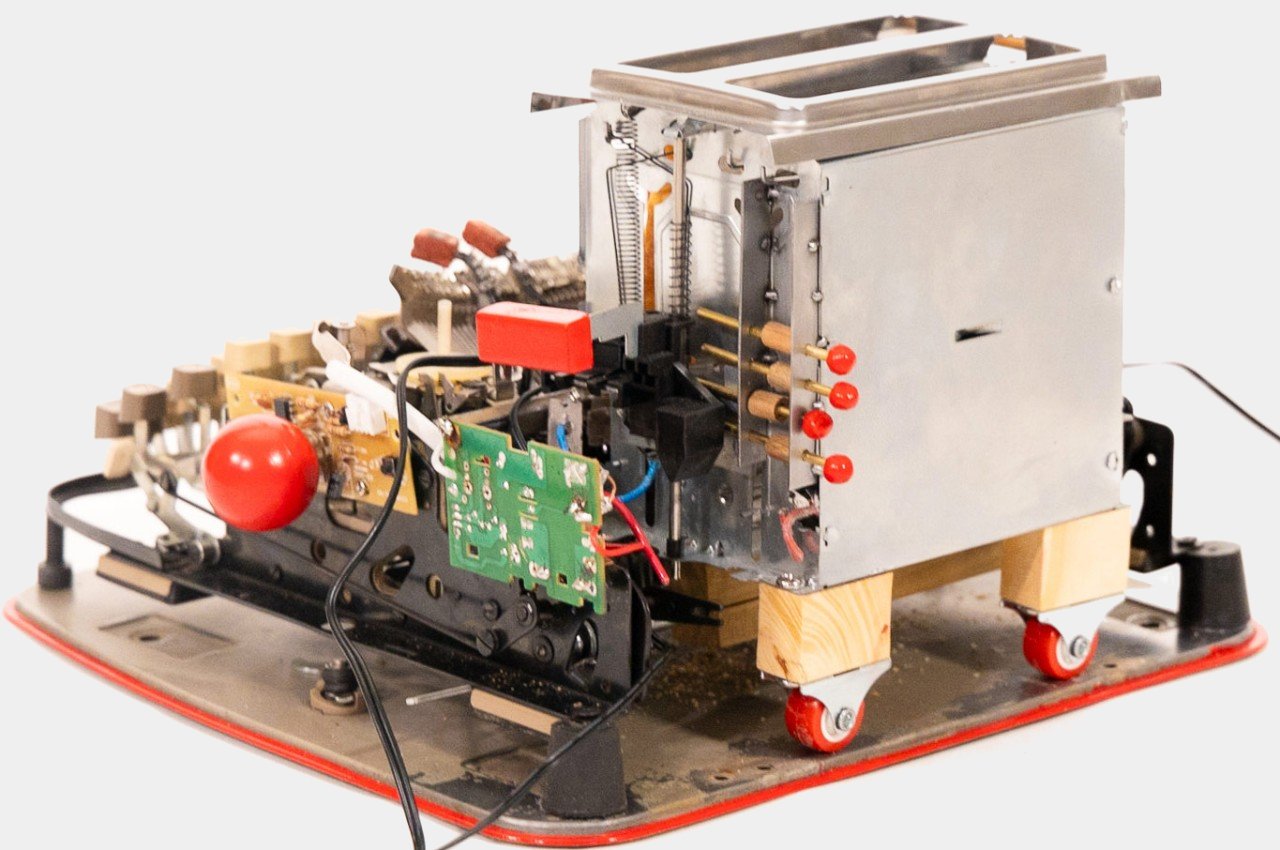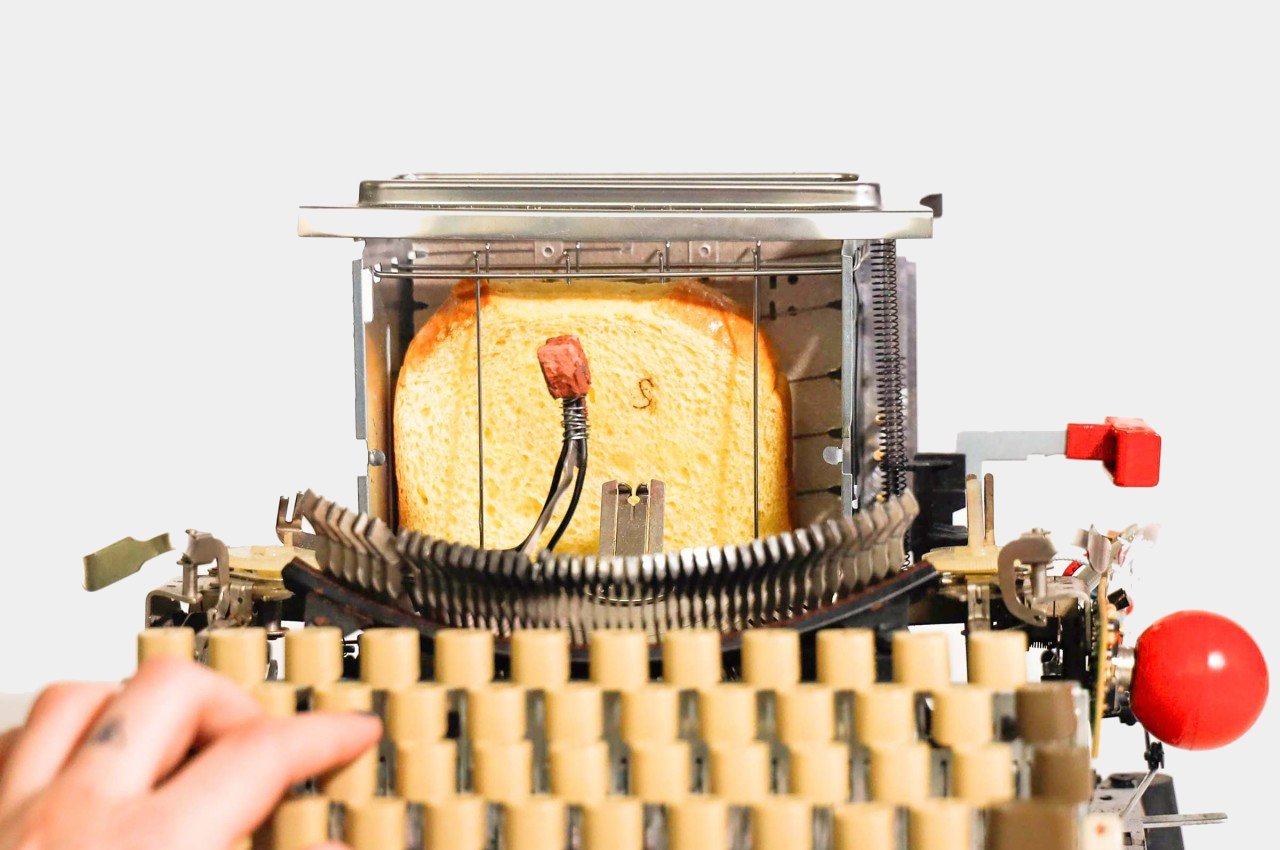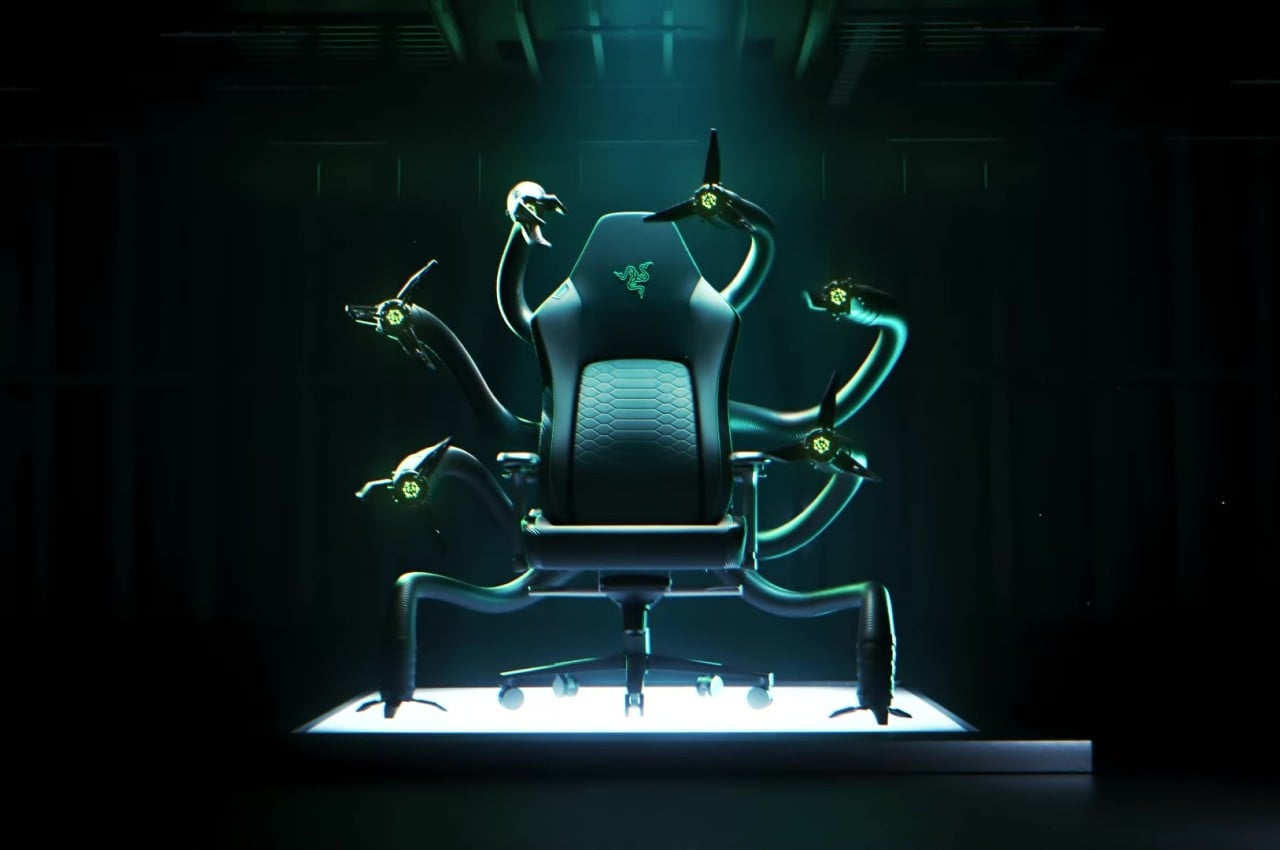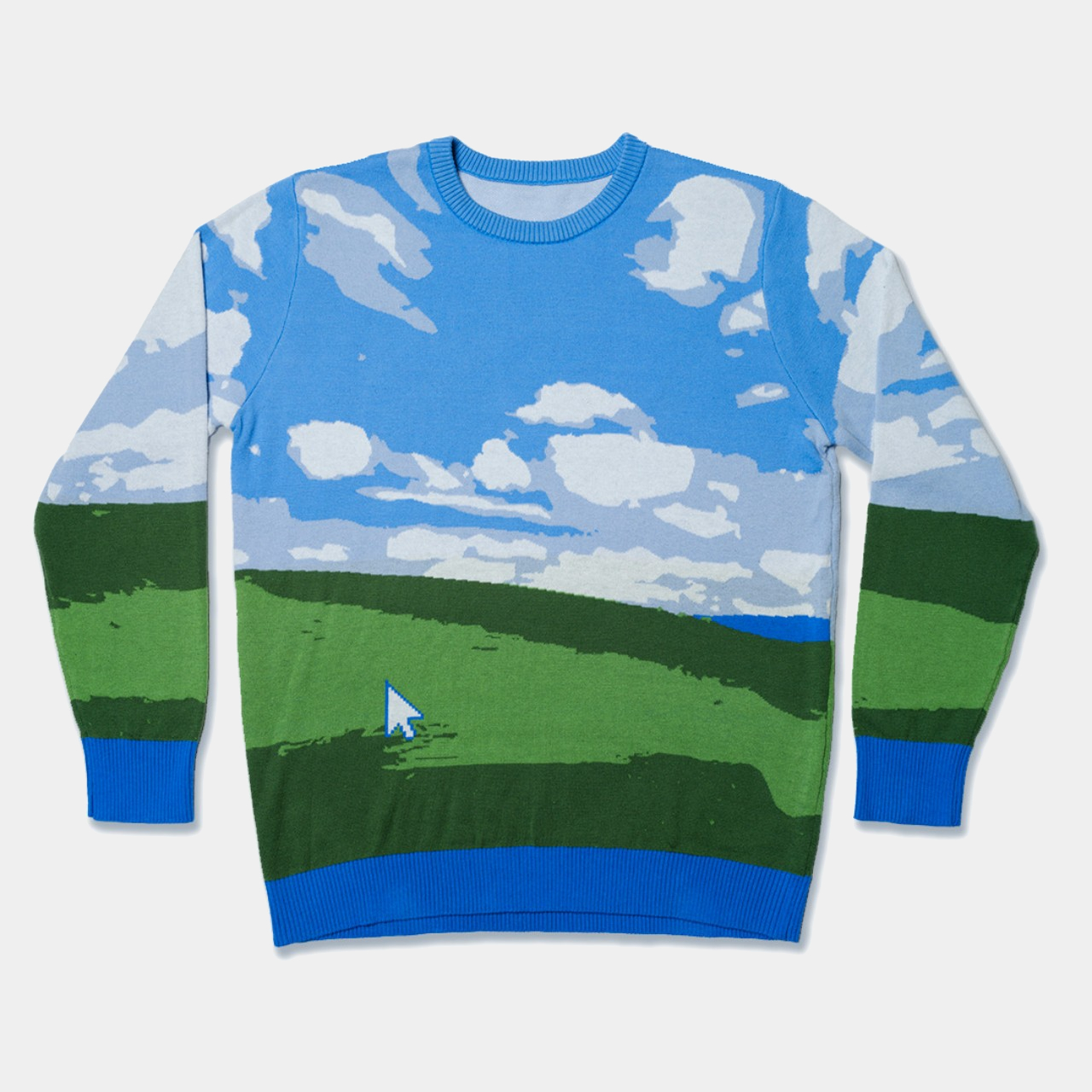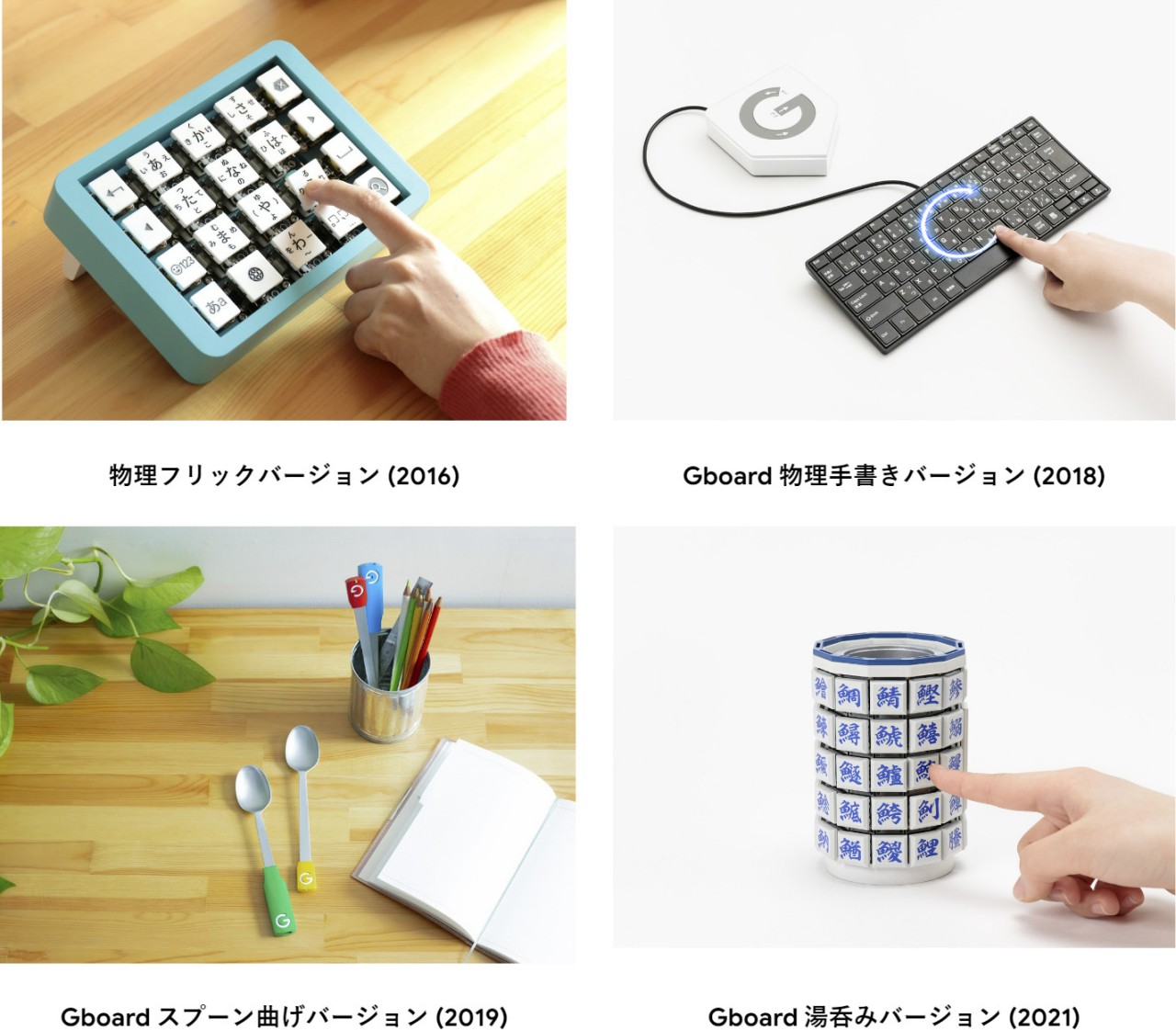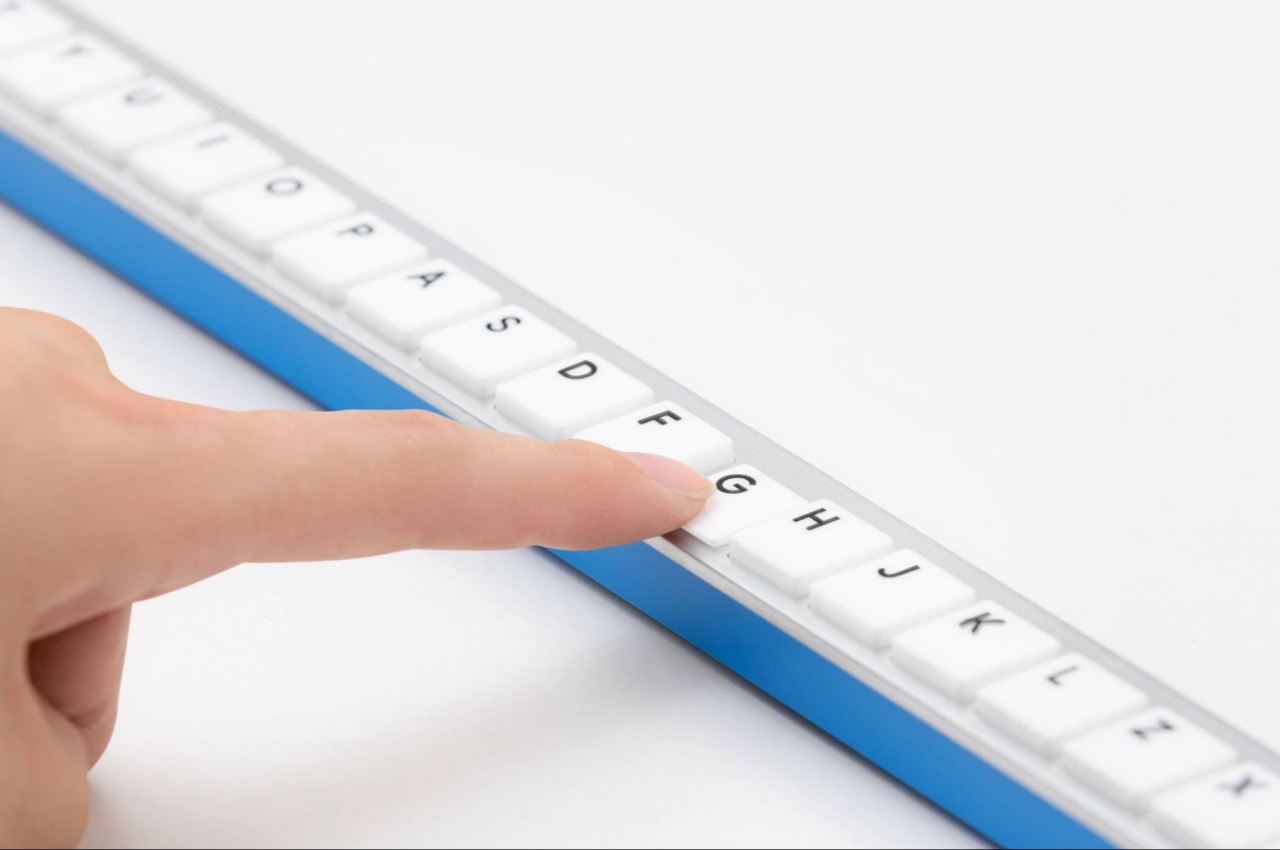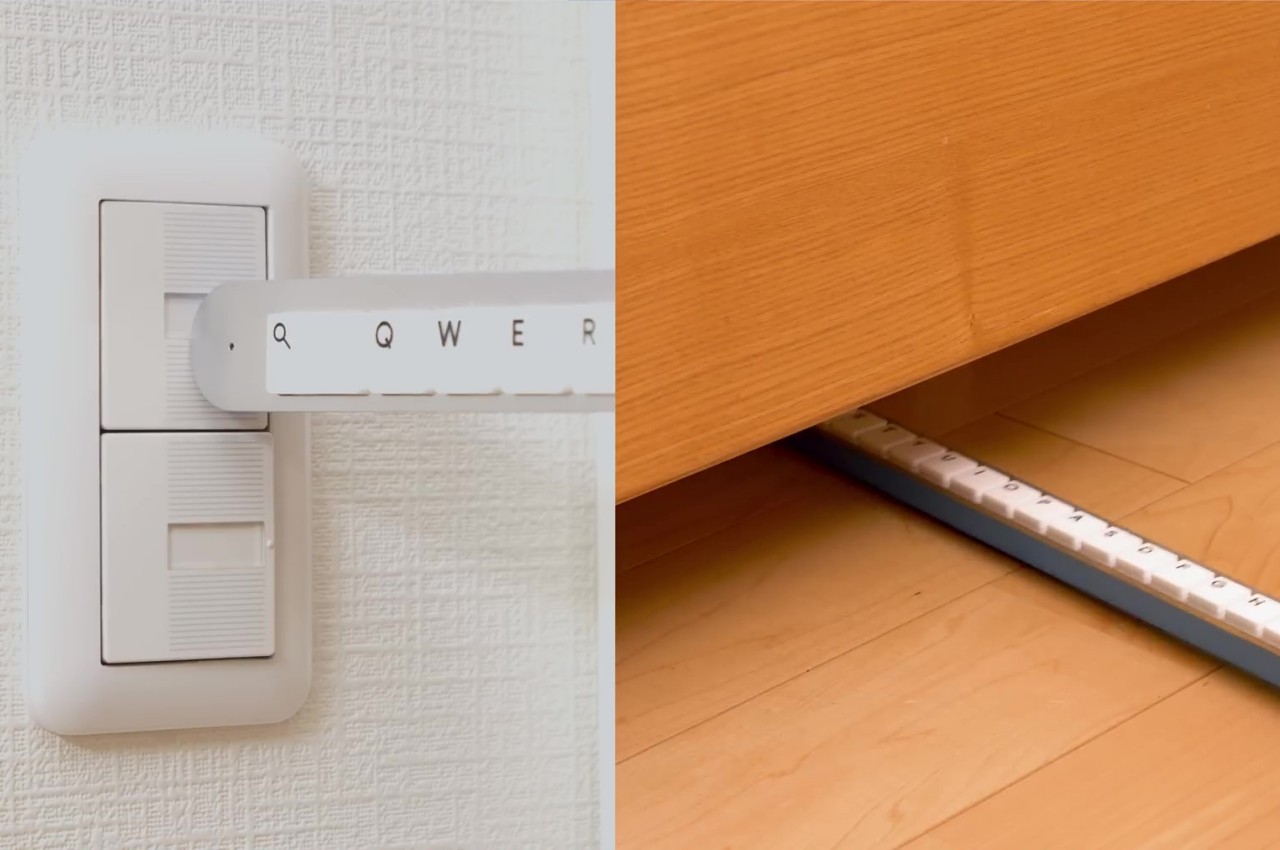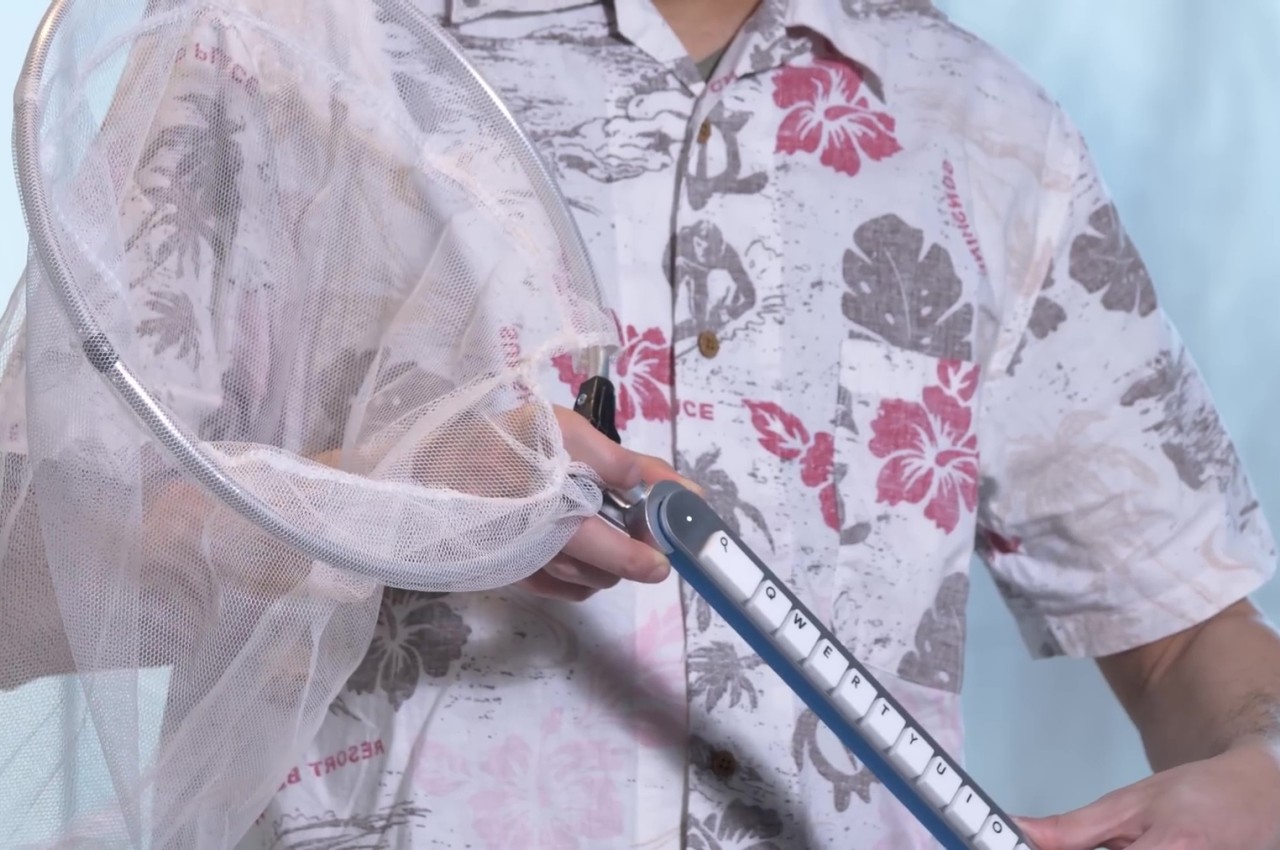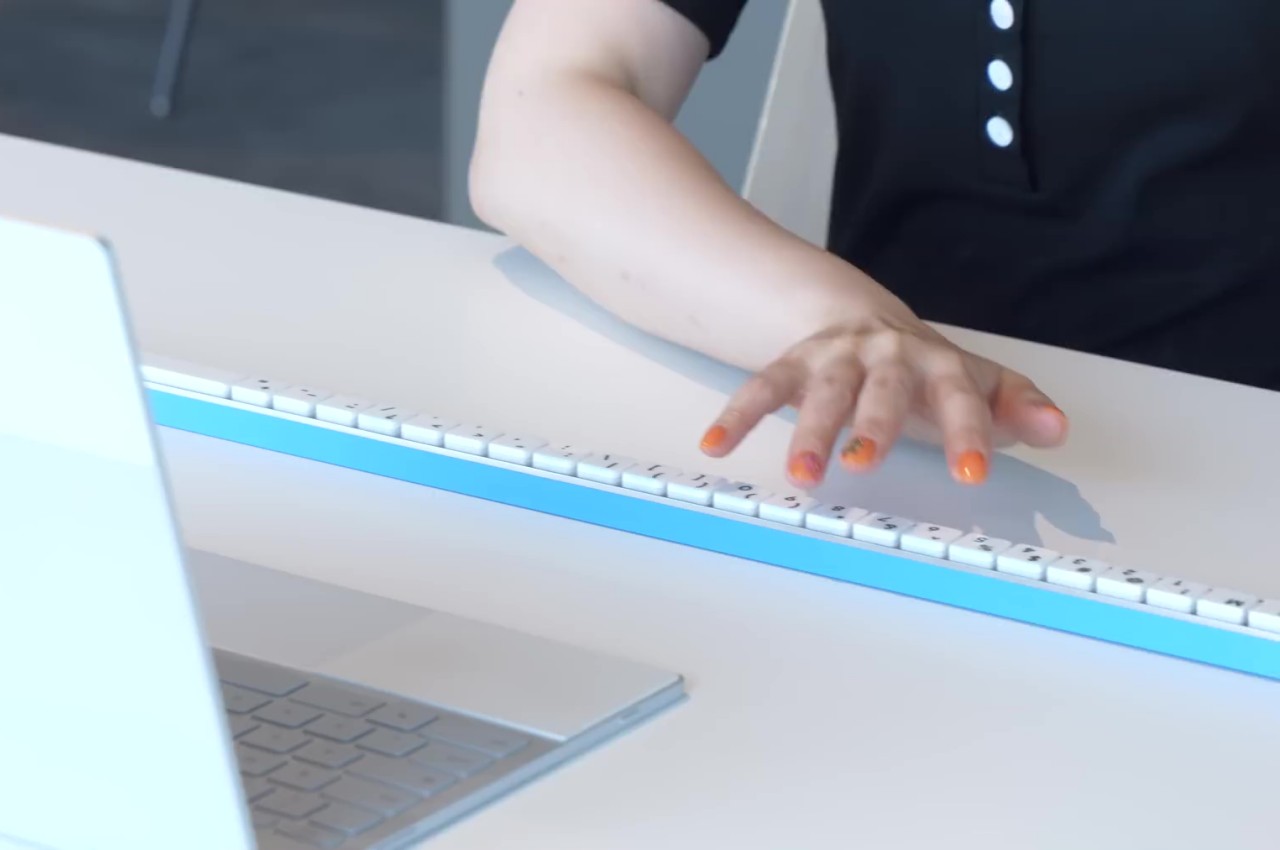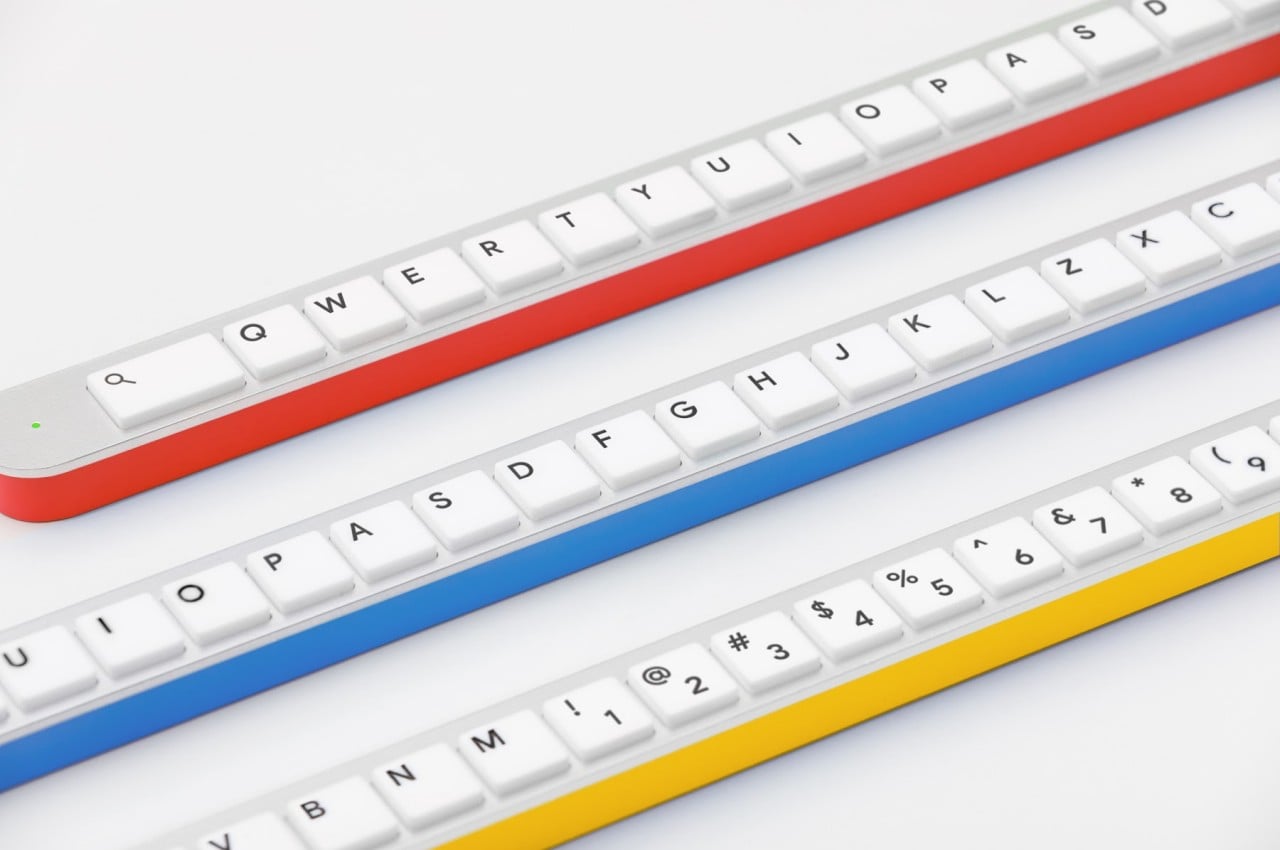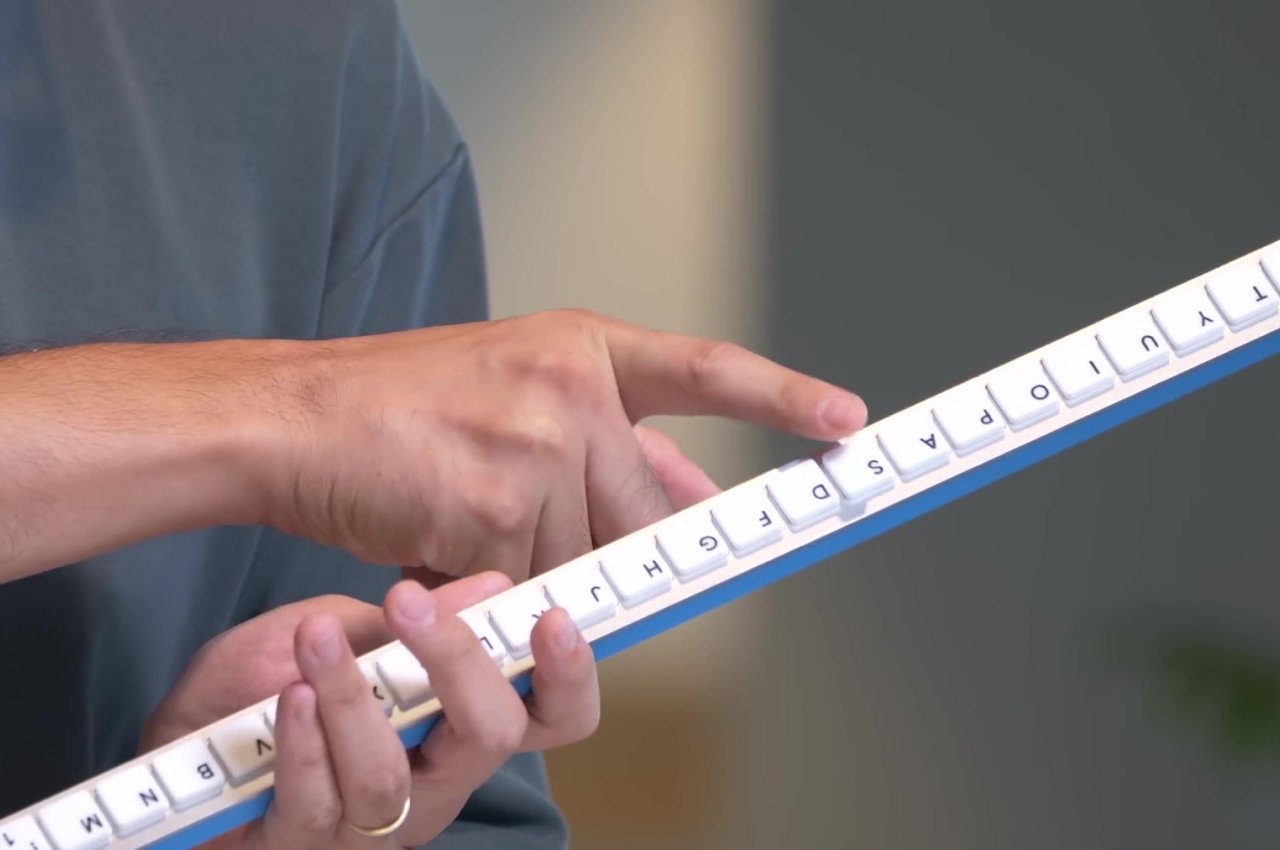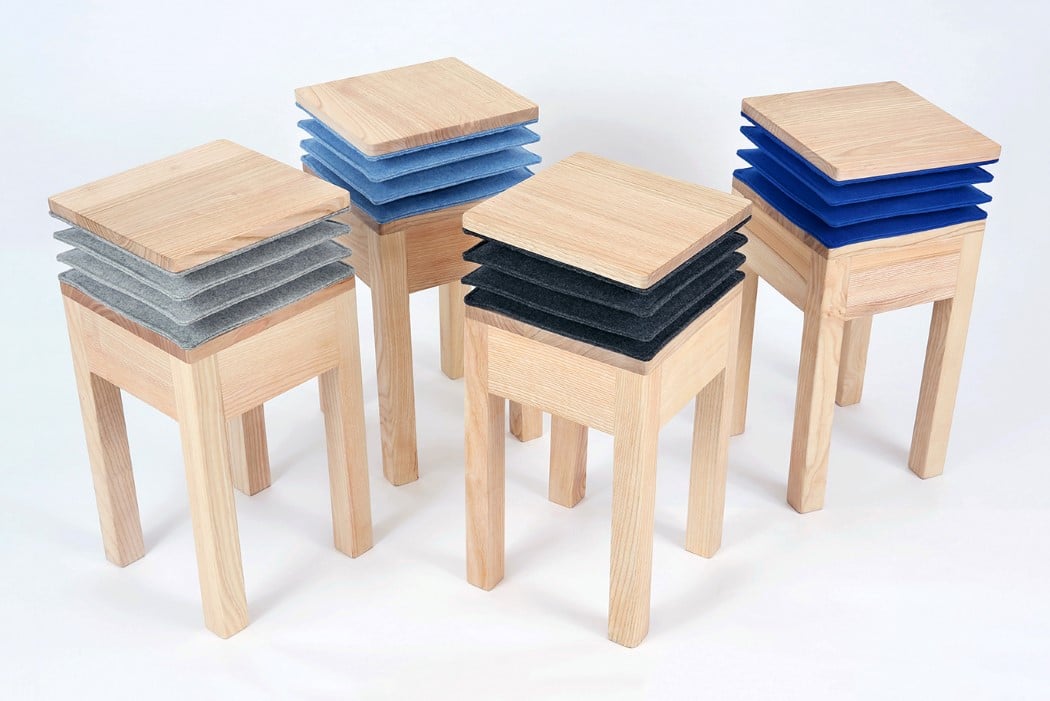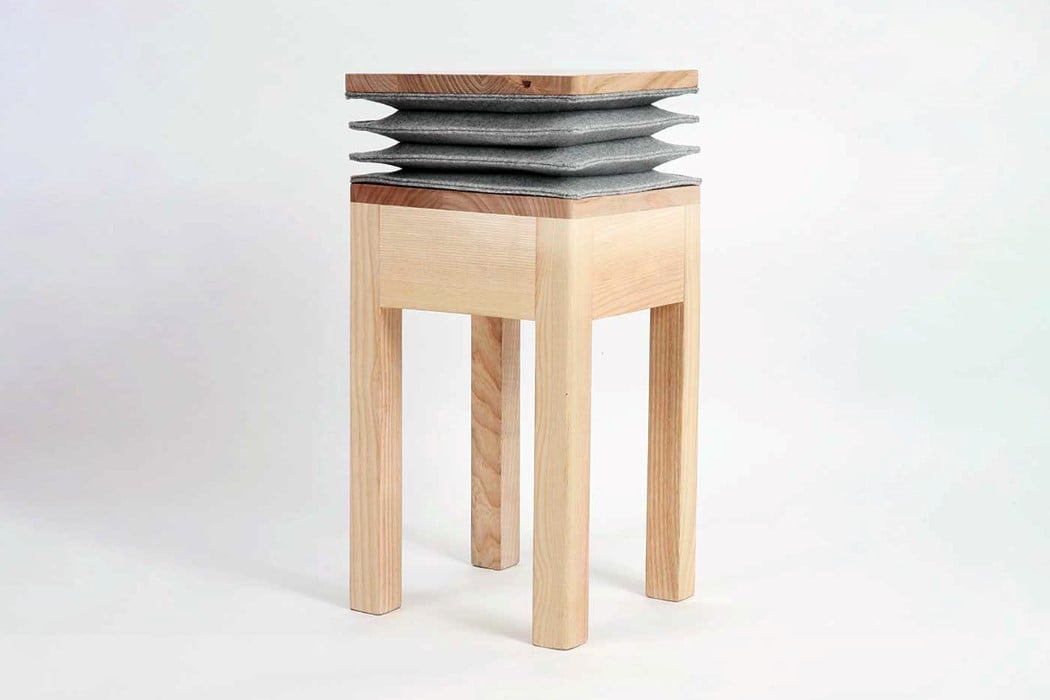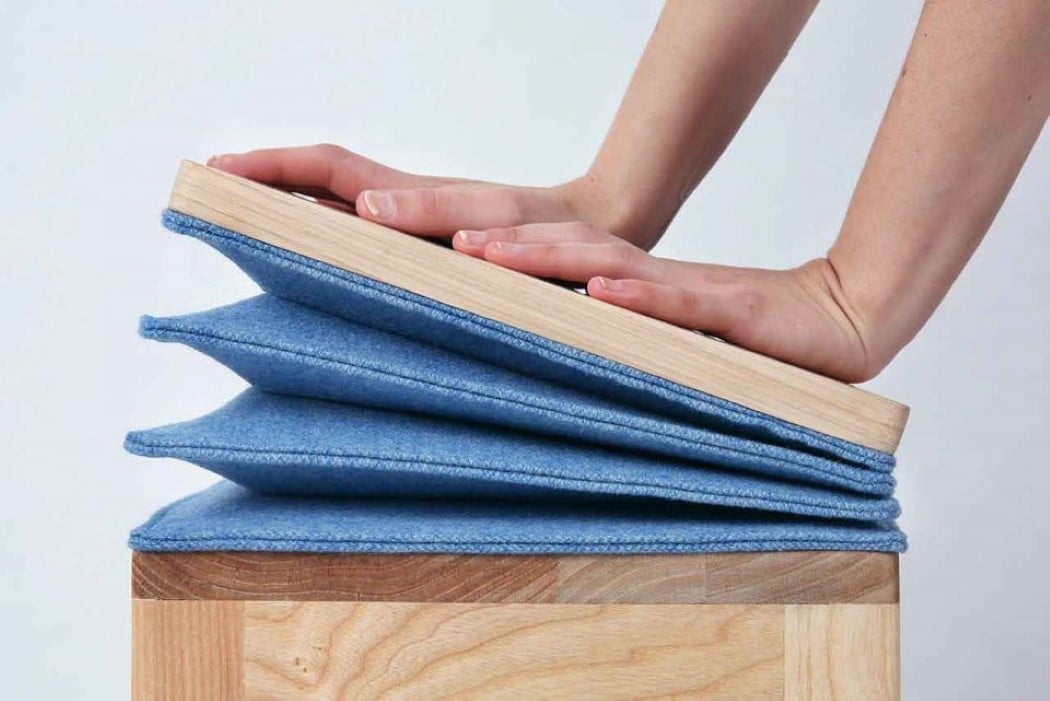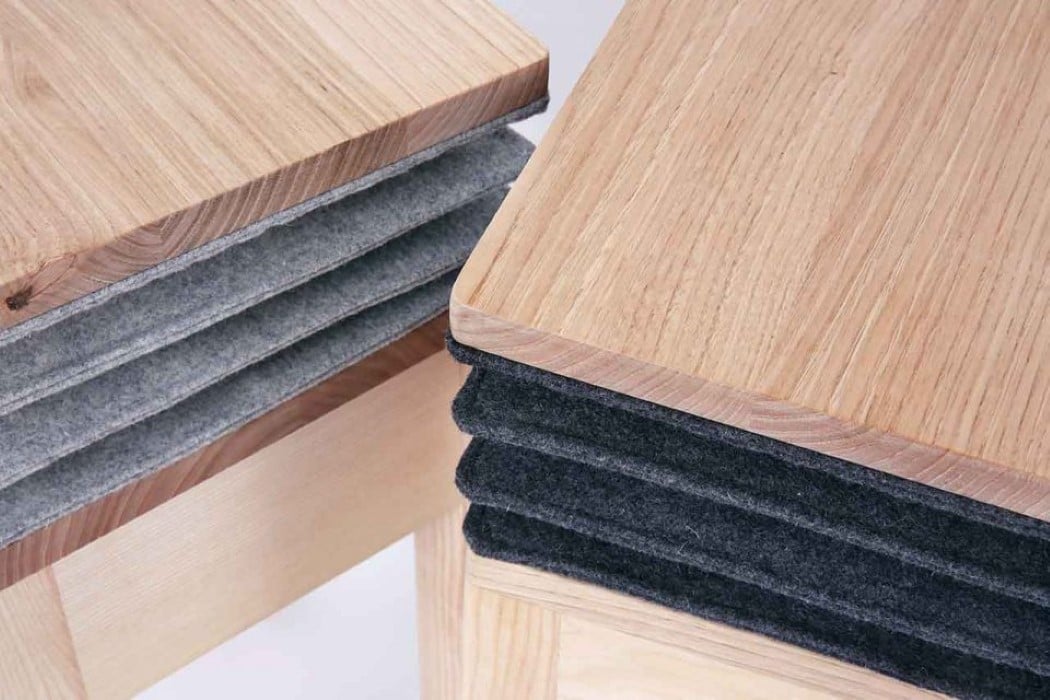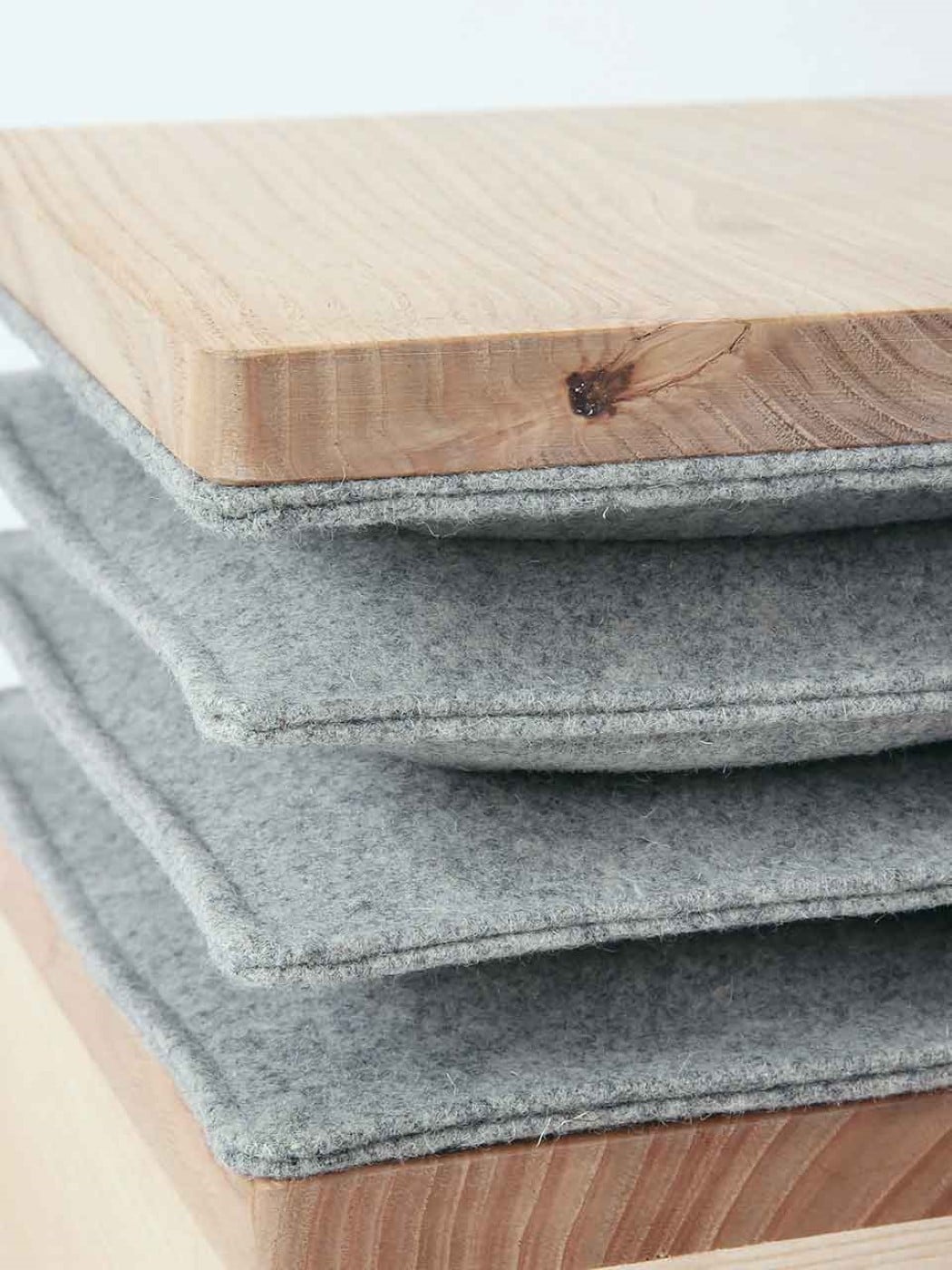Our computer keyboards have just enough keys to cover the letters and numbers of the English language, but sometimes those aren’t enough. Some probably wish there were more keys to assign to certain app shortcuts and actions, while others dealing with other languages and scripts will probably want to cover those without having to switch keyboard layouts every time. Of course, a keyboard with that many keys will probably be huge, but not unless you design it in a creative form. Fortunately, Google Japan has our backs, and fronts for that matter, with a double-sided keyboard monstrosity inspired by one of math’s most classic paradoxes: the Möbius strip.
Designer: Google
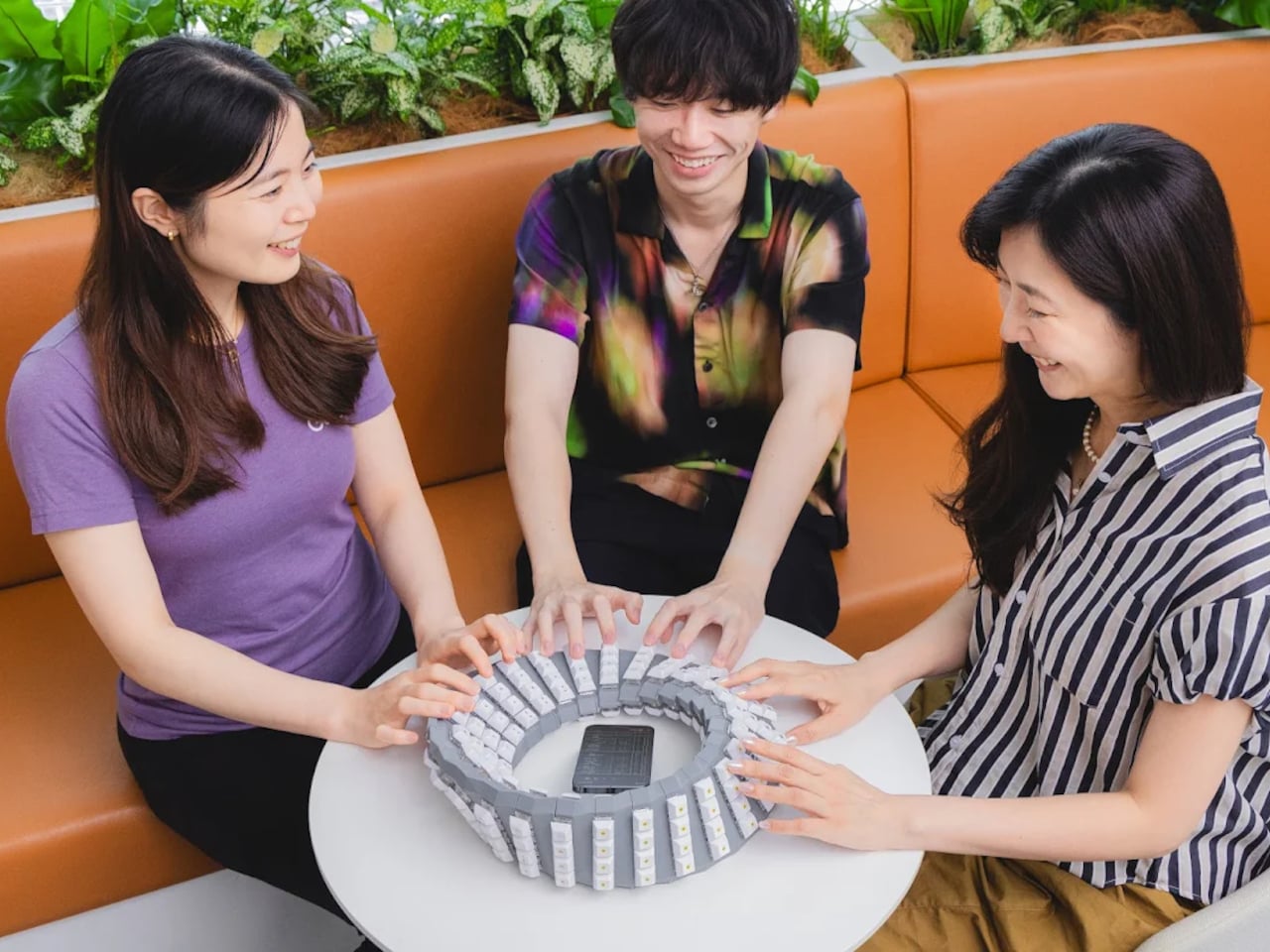
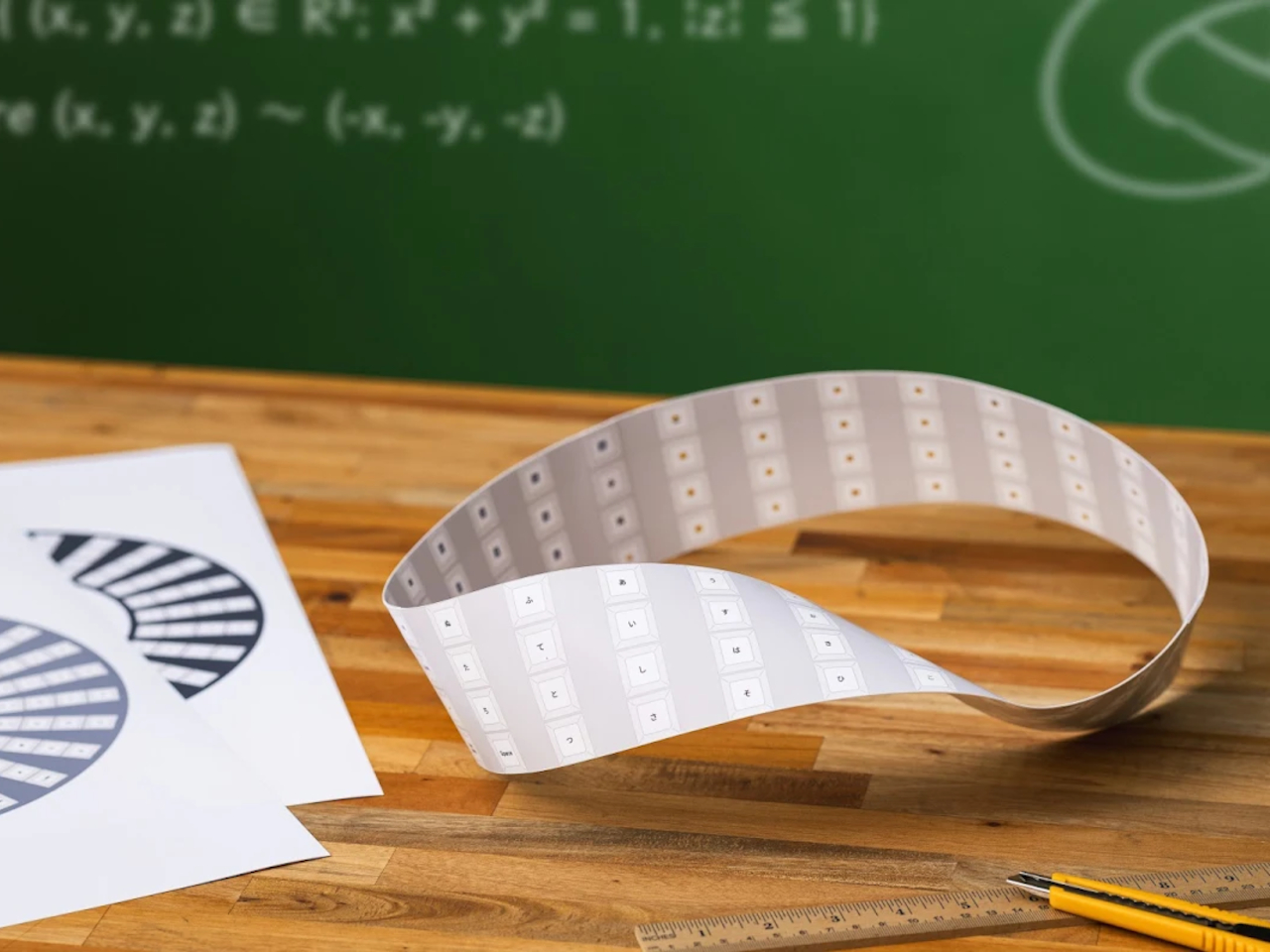
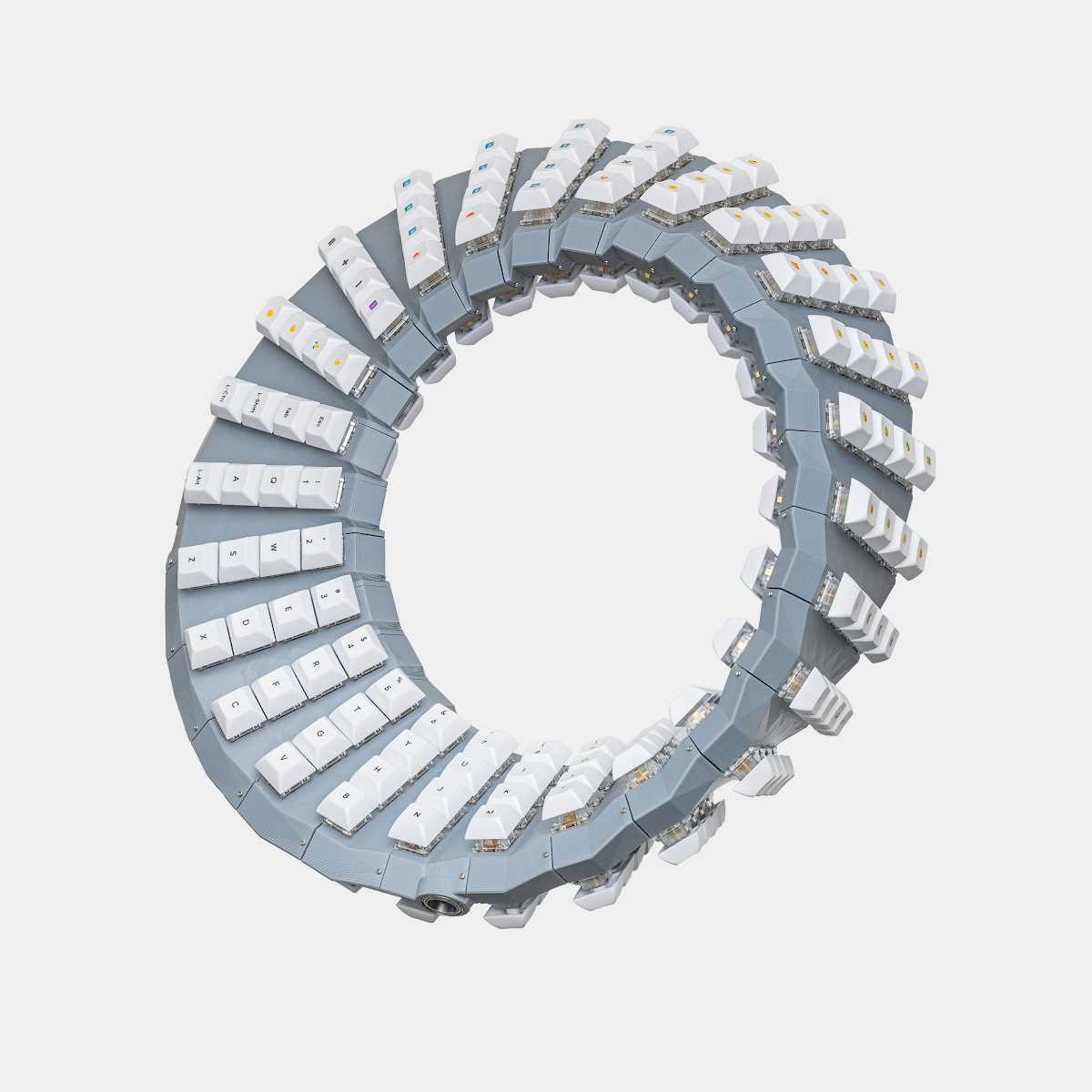
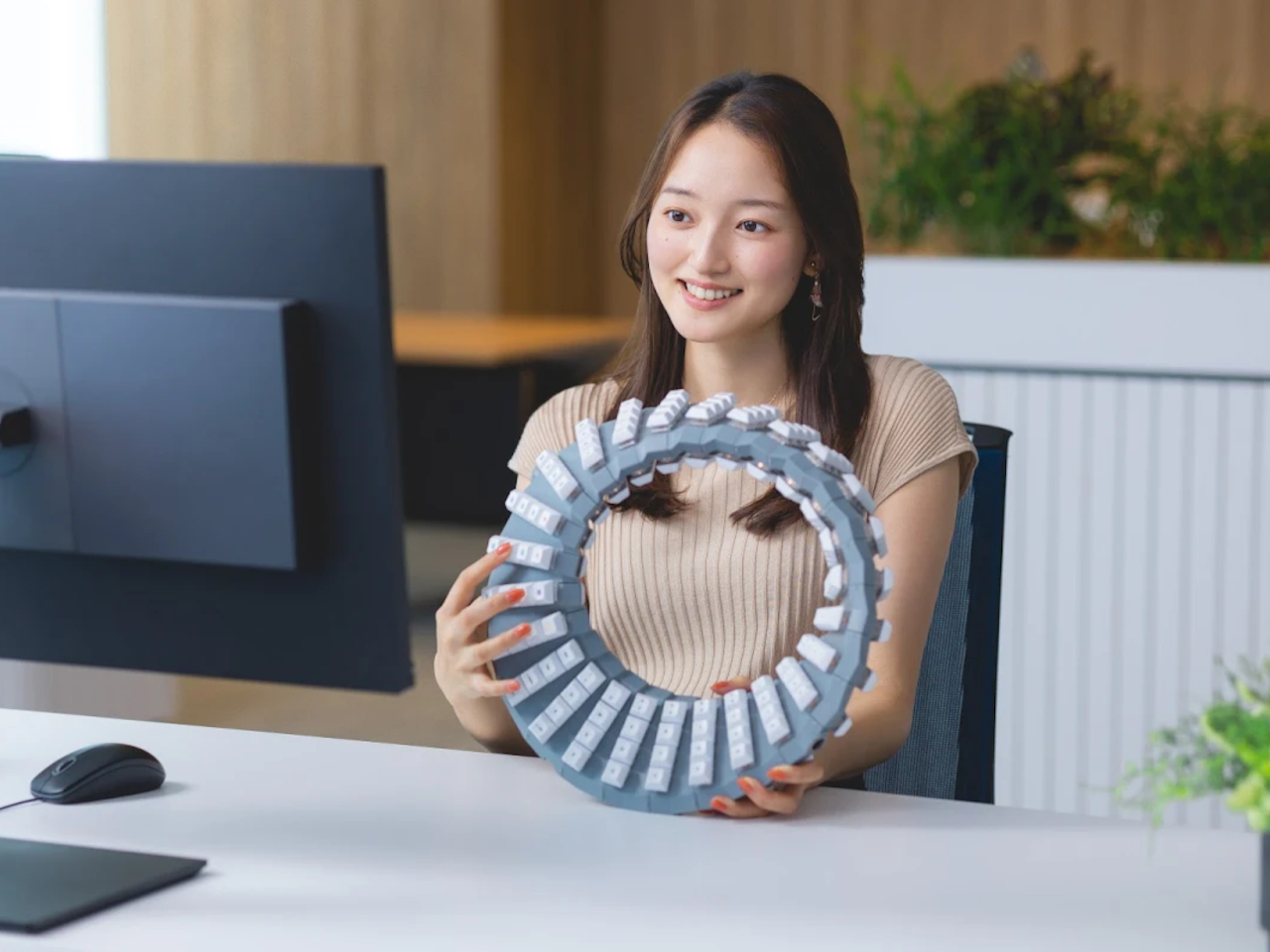
The keyboard is made up of 26 modules, each of which has eight RGb-backlit keys, four on each side of the structure. They’re laid out in a band that technically has no front or back, which is what the Möbius strip is infamous for. That means you can practically turn this “keyboard” around or flip it on its side and it will always be right side up. Sort of.
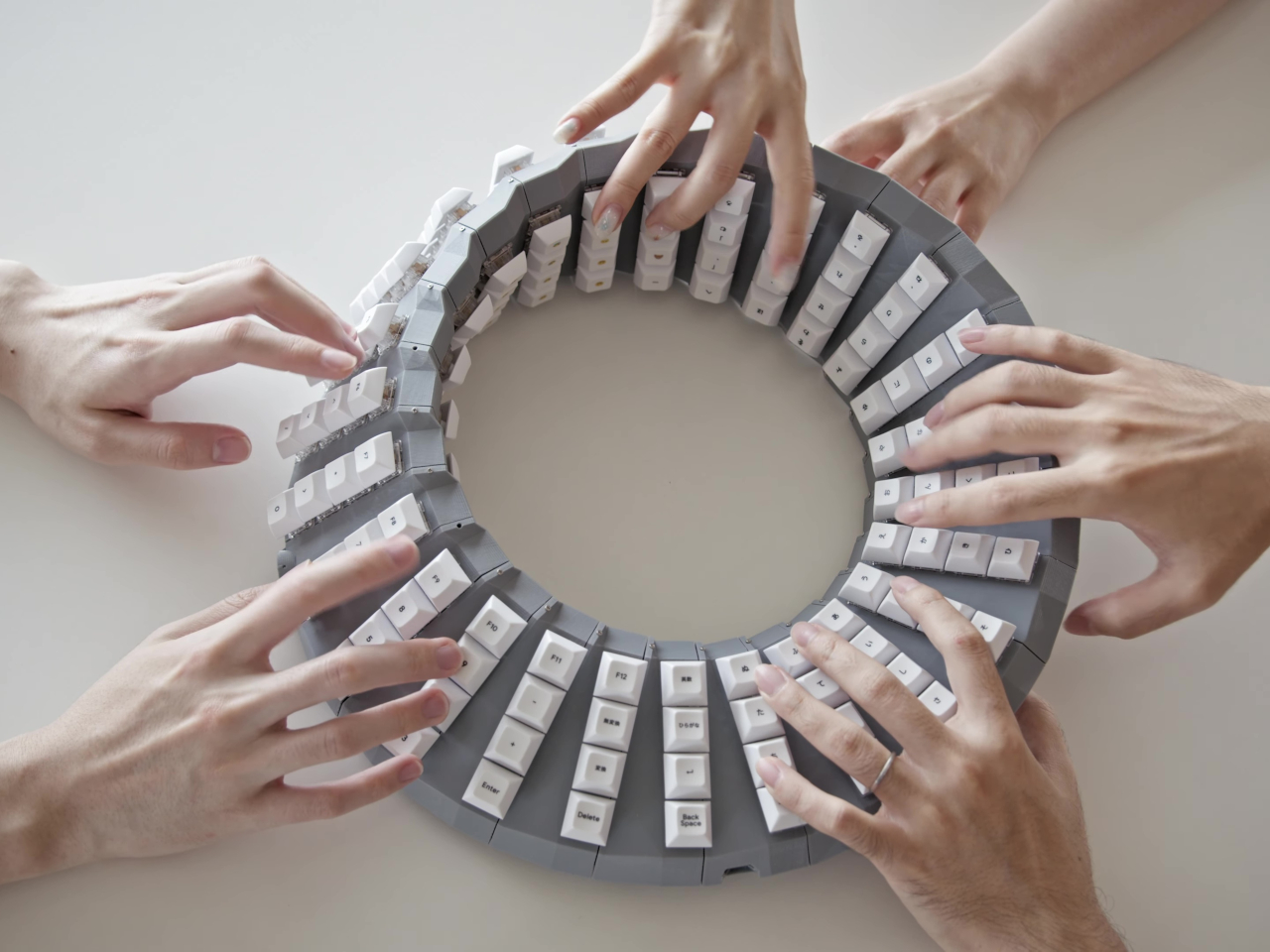

Of course, it’s pretty obvious how unusable such a contraption would be as a keyboard, but the bright minds at Google Japan do have a few suggestions. Forget pair programming! This keyboard lets up to three or even more people type simultaneously, which increases productivity threefold. Since it basically has no right or wrong side, it will be an essential tool in zero-g environments as well. The possibilities are nearly endless, especially since you can’t figure out where this keyboard begins and ends either.
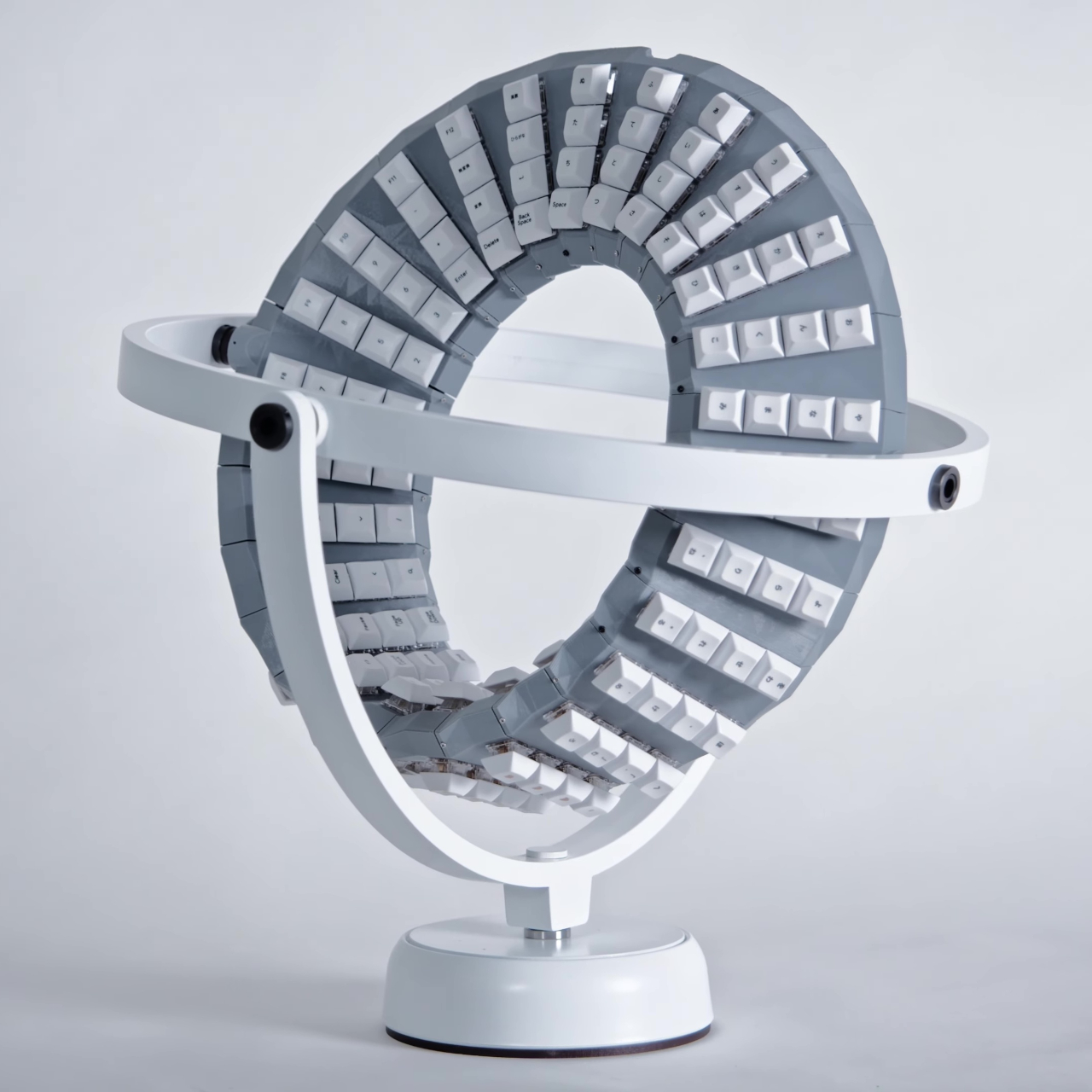

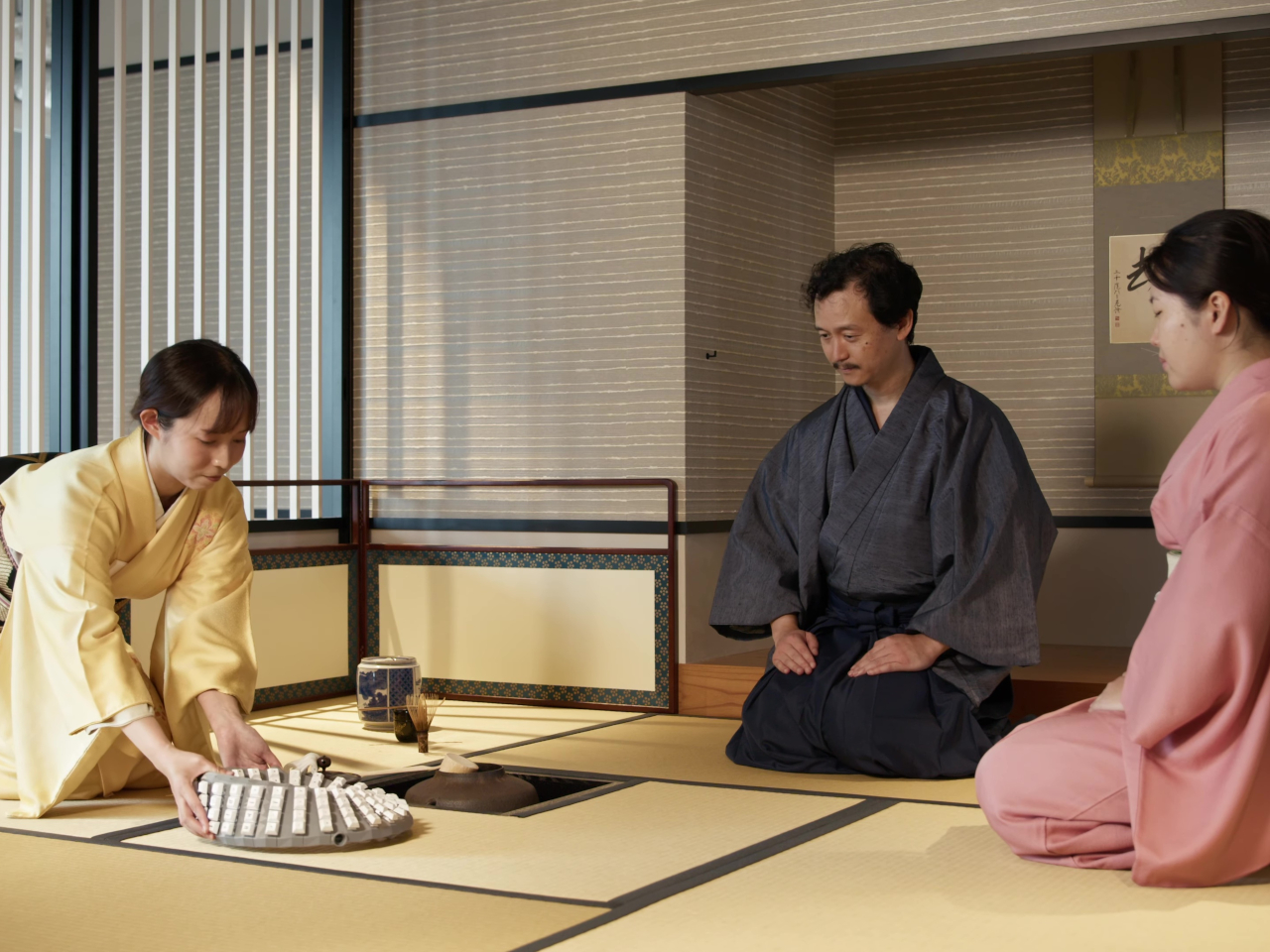
The Double-Sided Gboard also has utility outside of typing. It can be put on a spinning pedestal as a futuristic desk decoration or hung on doors as a welcoming wreath. Google suggests that, just like the strip itself, future updates could unlock access to alternate dimensions. Even if that day never comes, you can still proudly carry the keyboard around like a fashionable handbag.
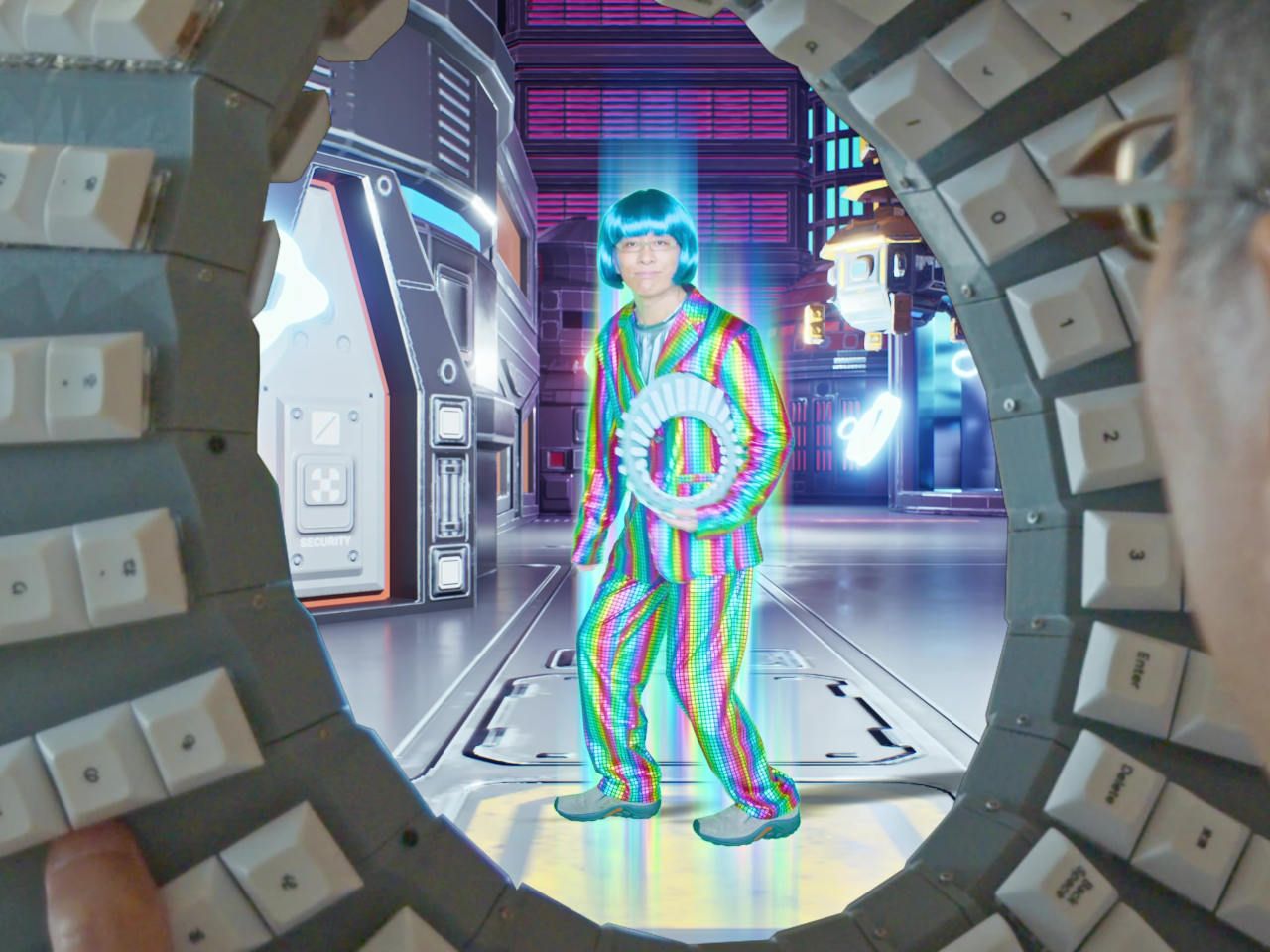
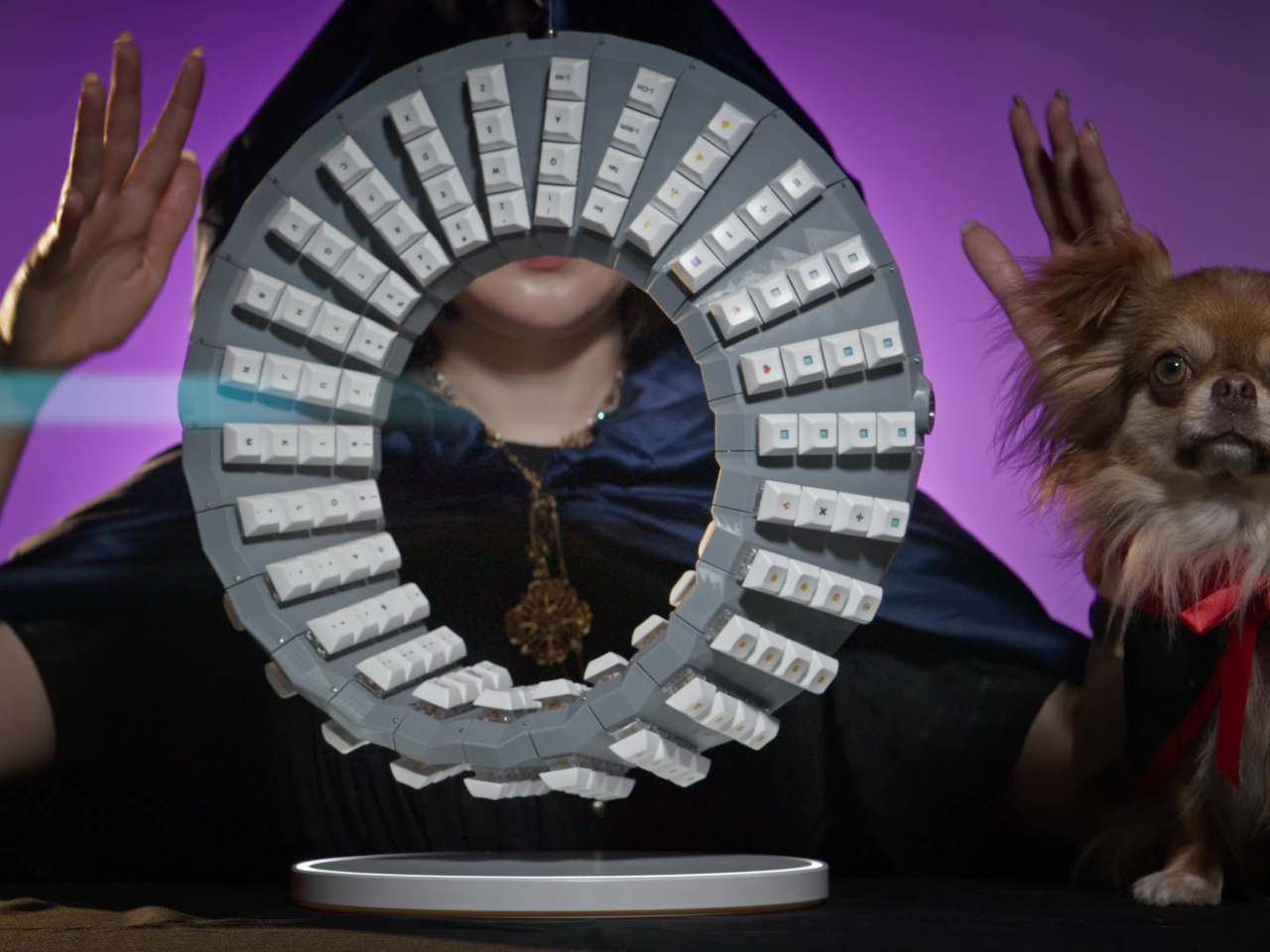

Of course, Google isn’t planning on putting this highly advanced design into production, but it is generously allowing others to attempt building it on their own, providing complete 3D printer files, firmware, and guidance. The Double-Sided Gboard is just the latest in Google Japan’s series of keyboard designs launched on October 1st, a.k.a. 10/1, to celebrate the iconic and standard 101 keyboard.
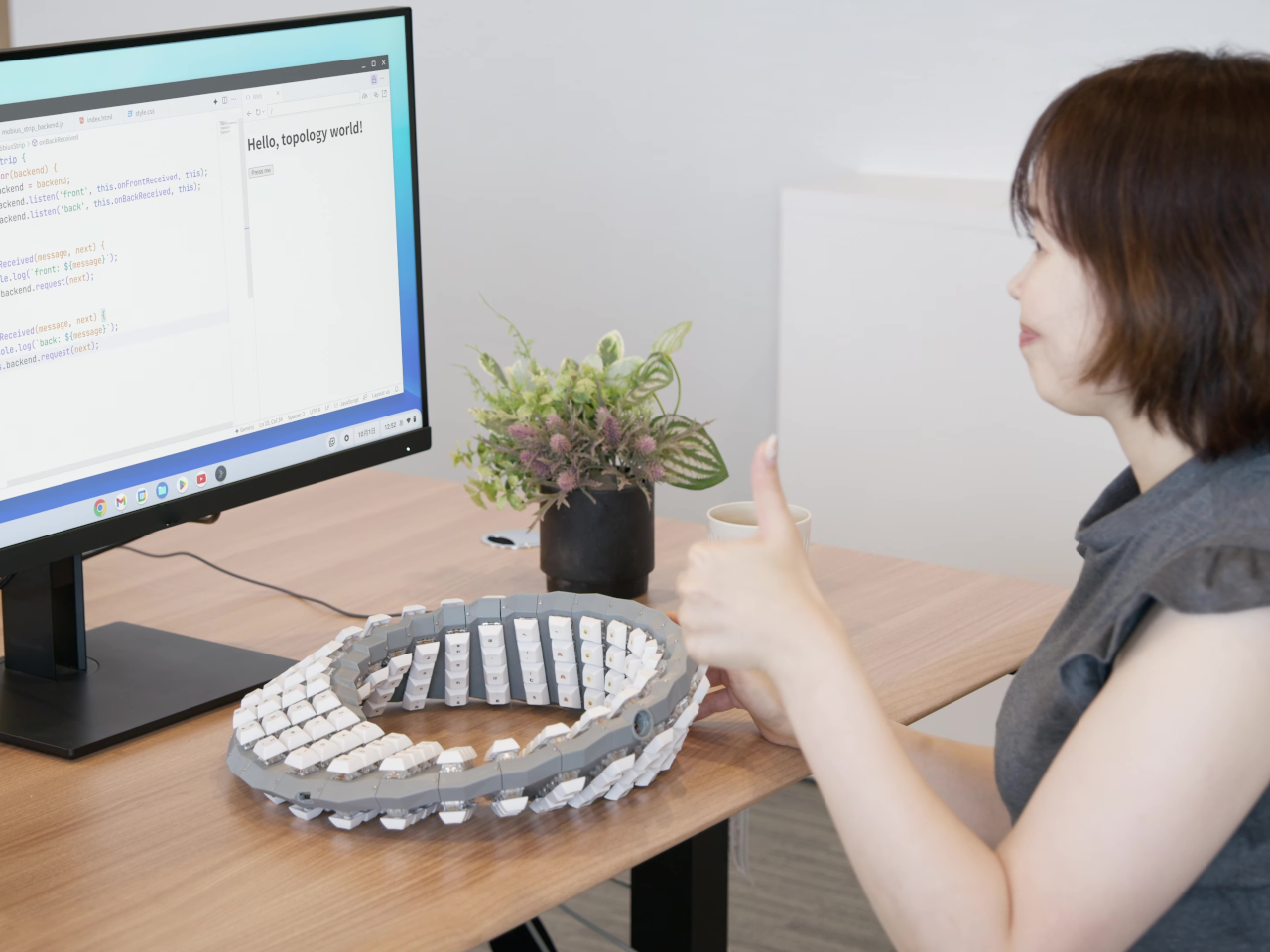
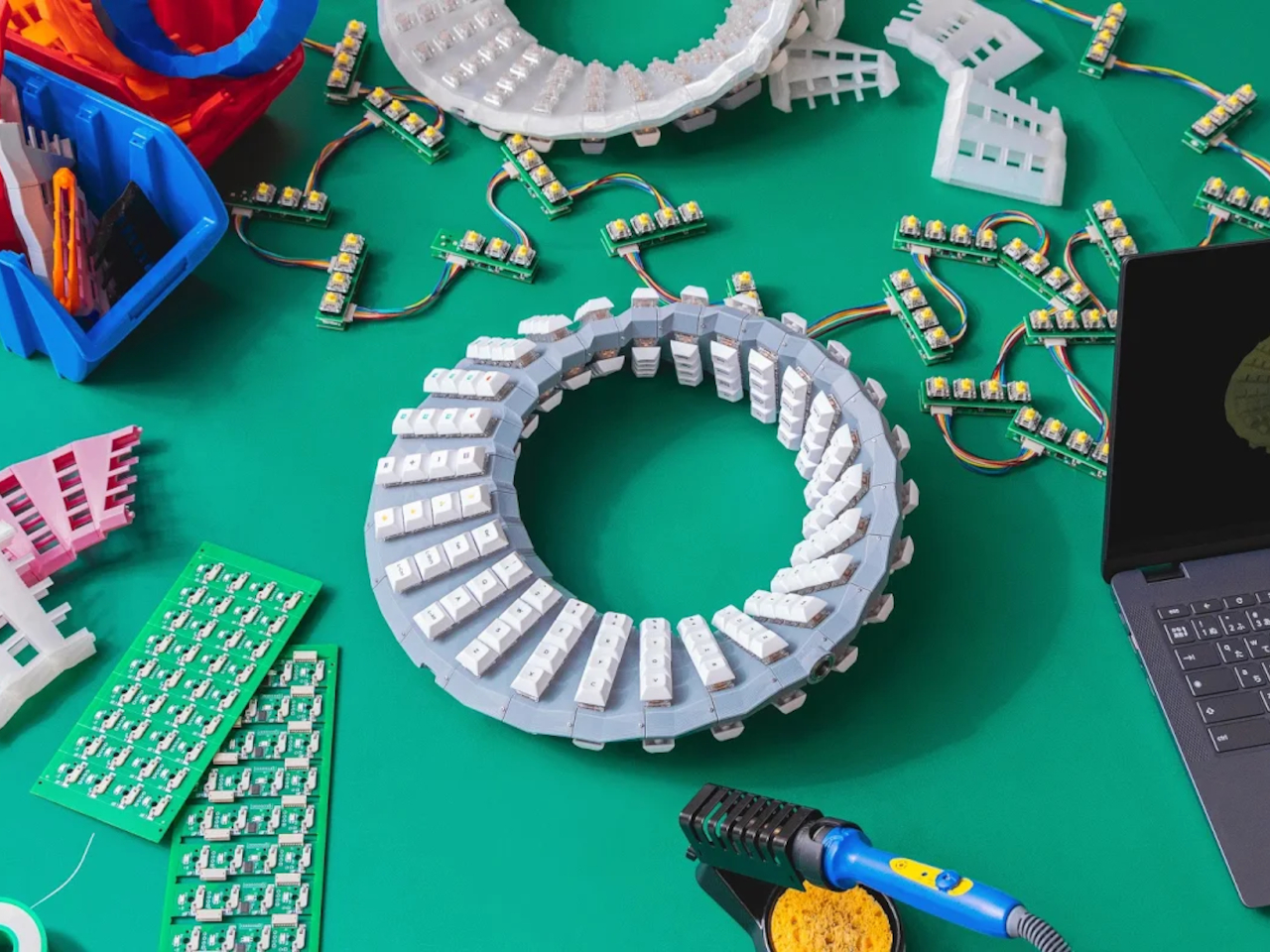
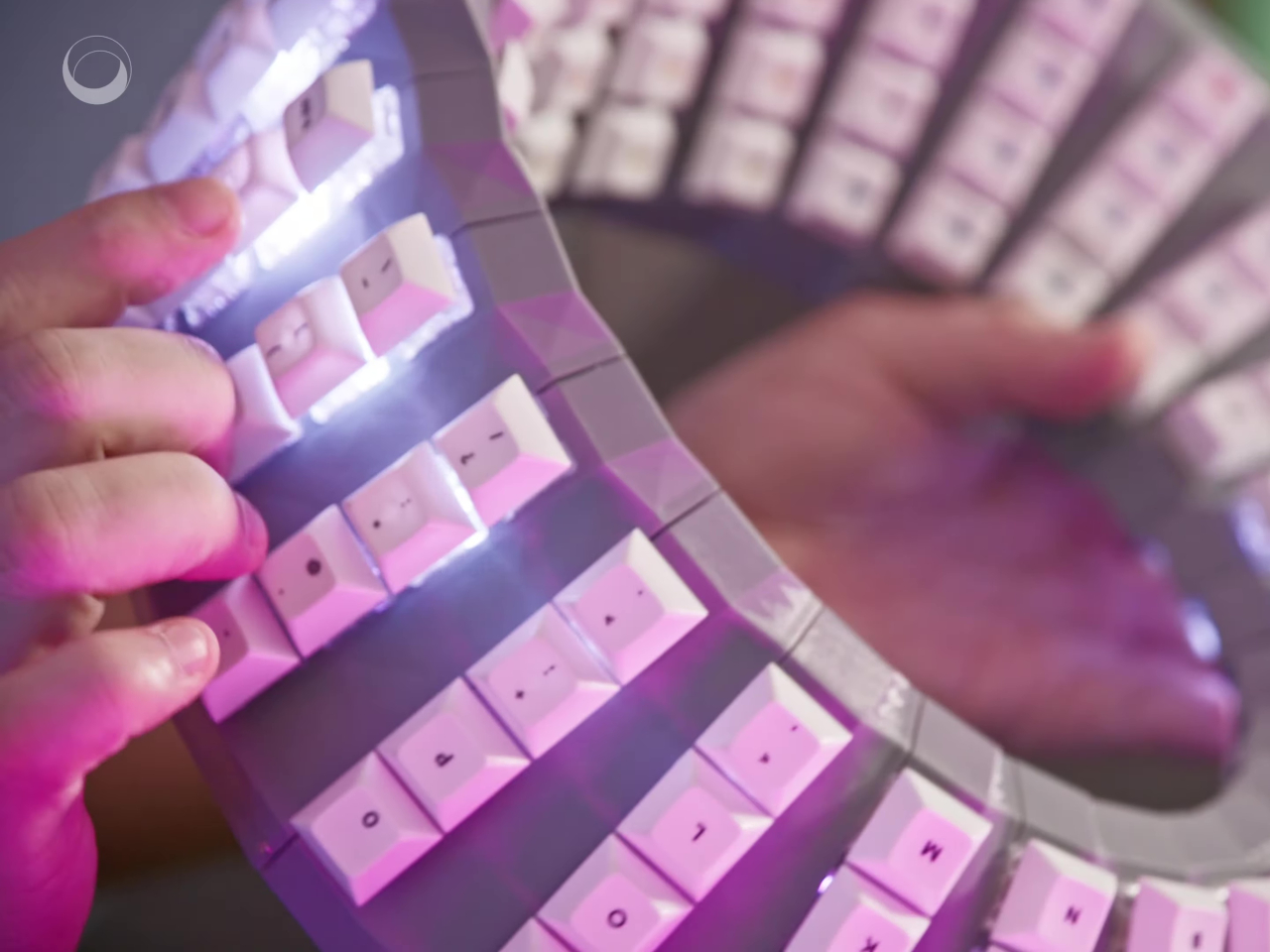
The post Physical Double-Sided Gboard is the keyboard of your dreams or nightmares first appeared on Yanko Design.

